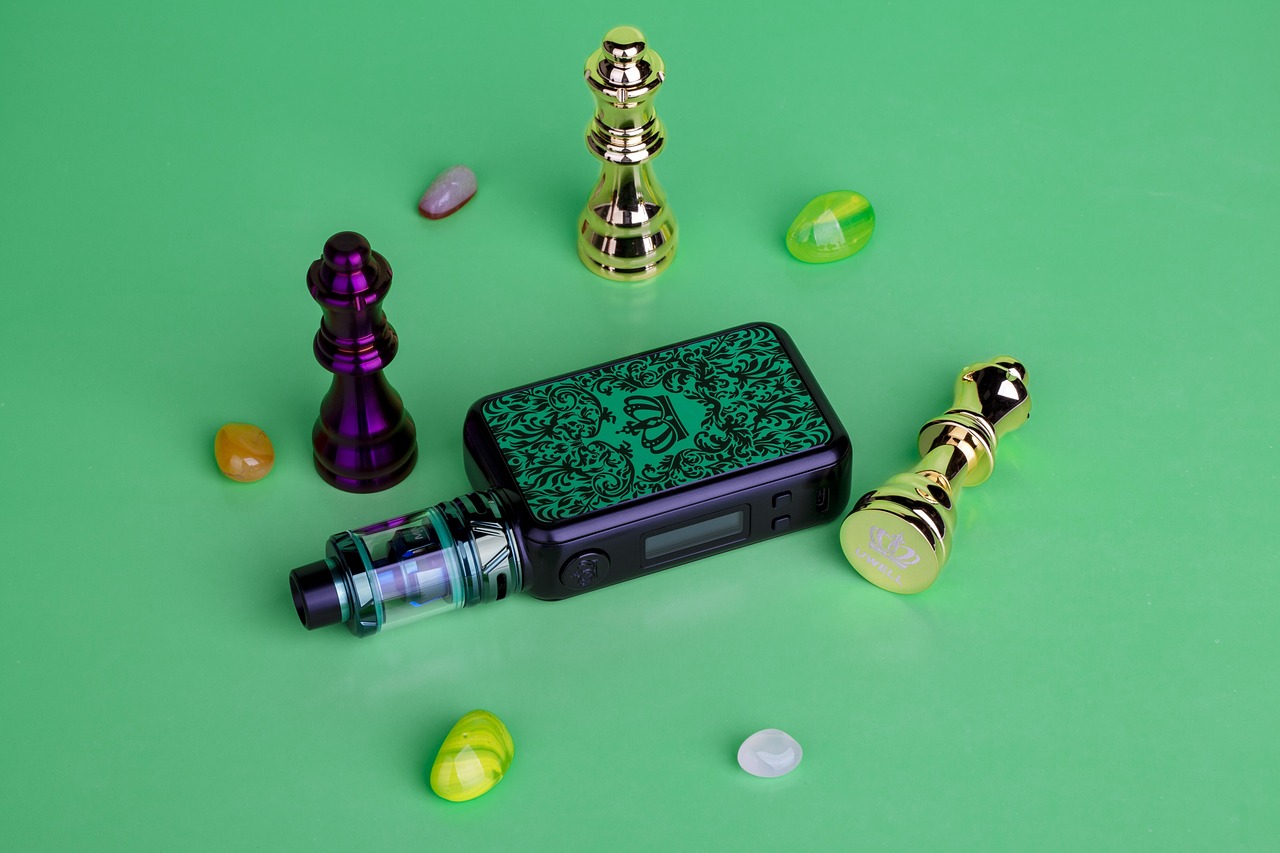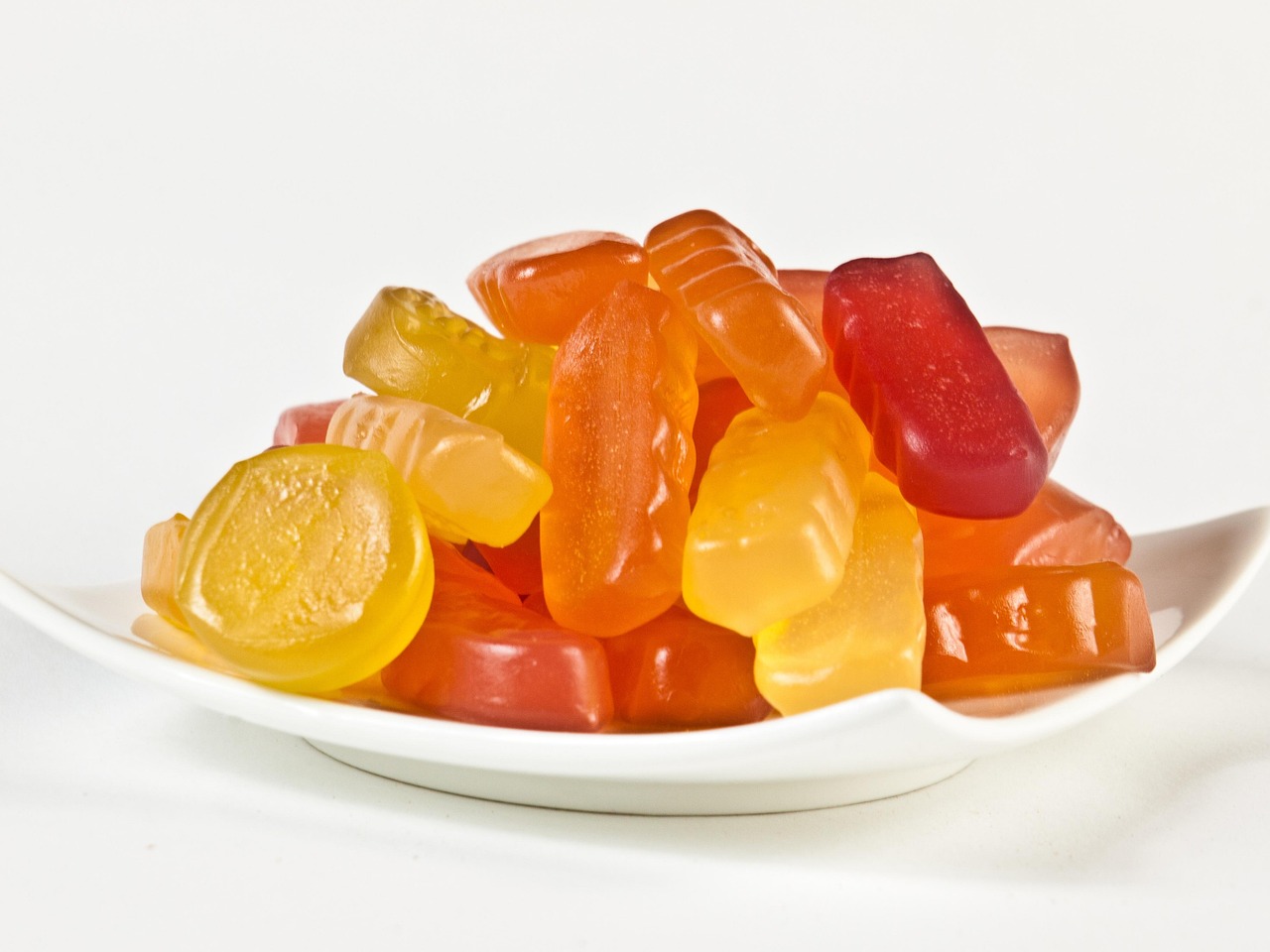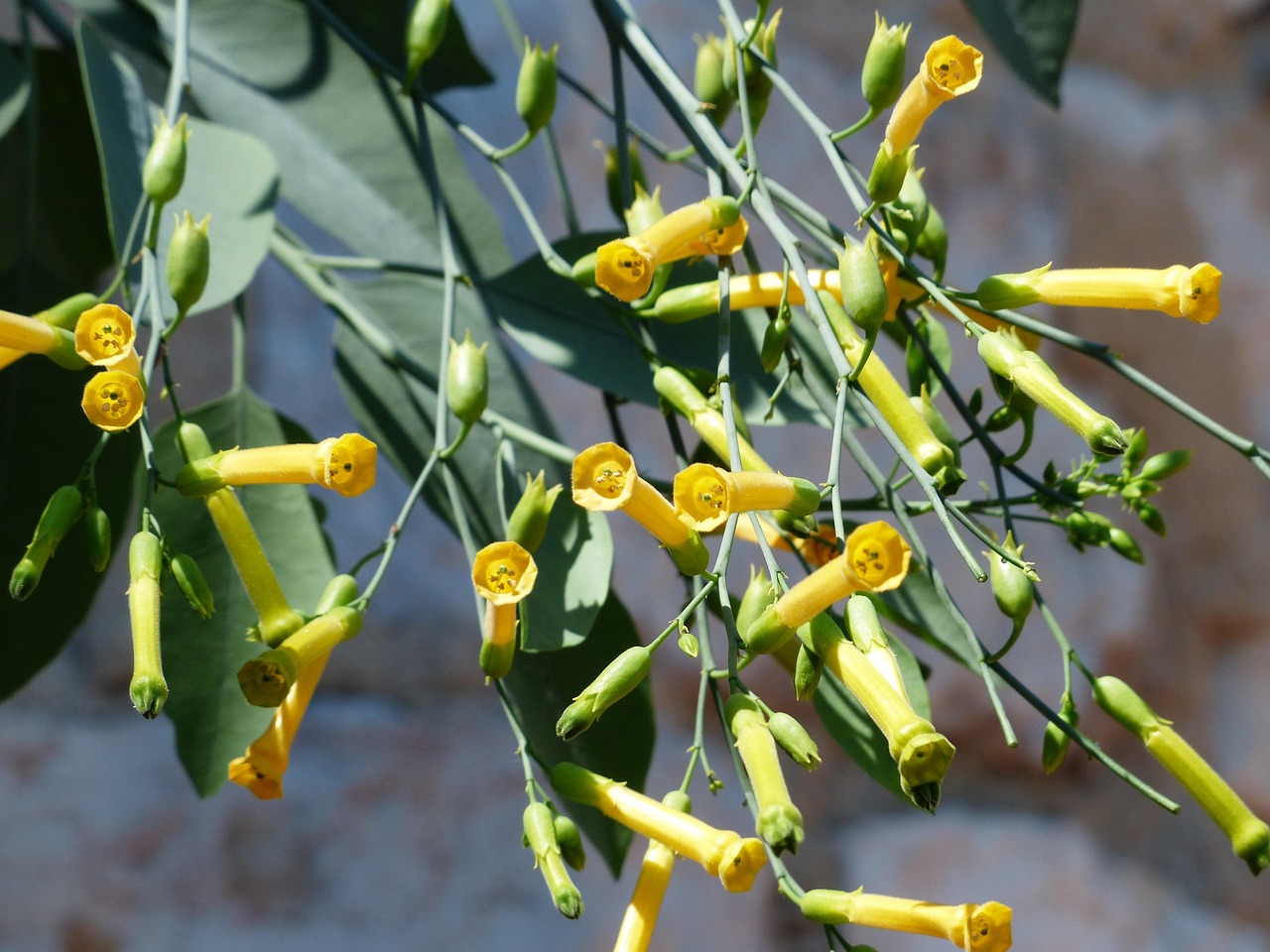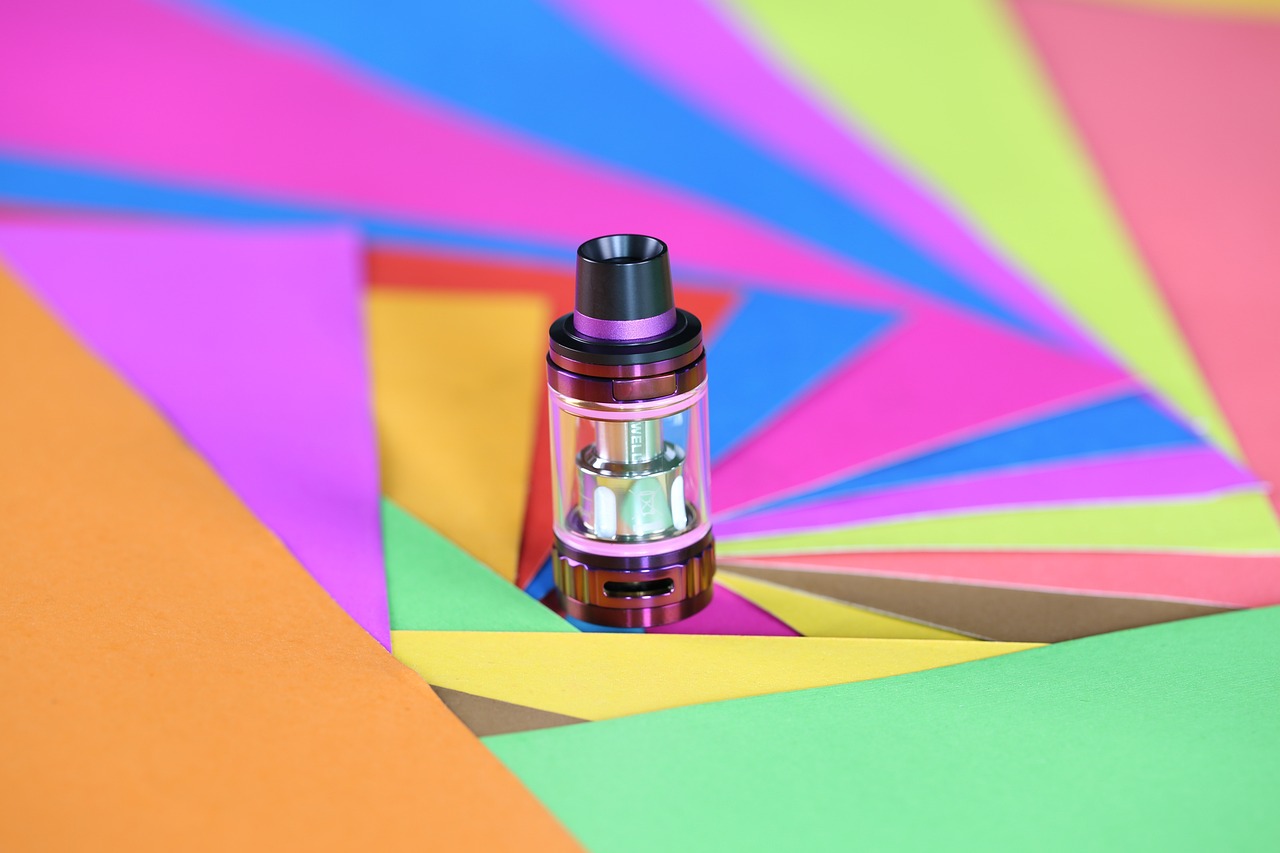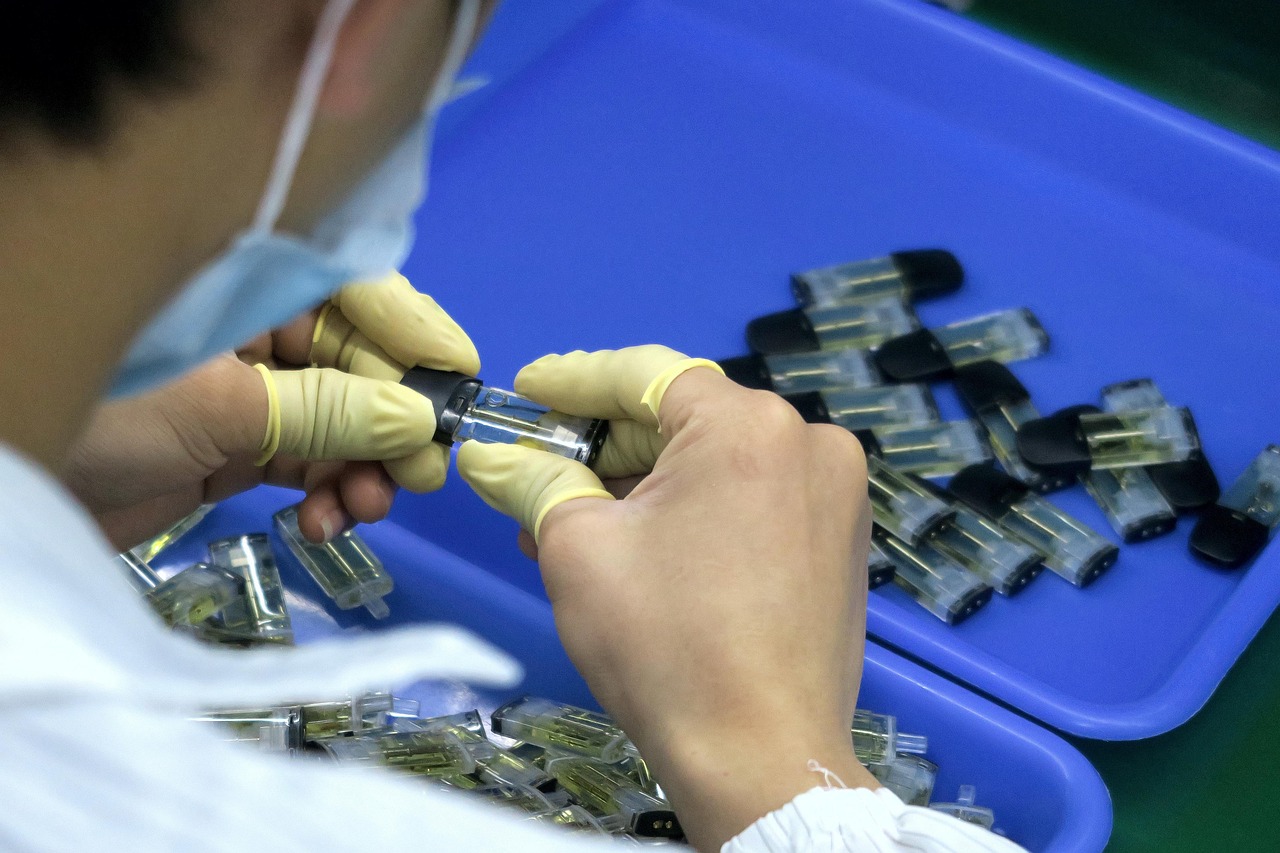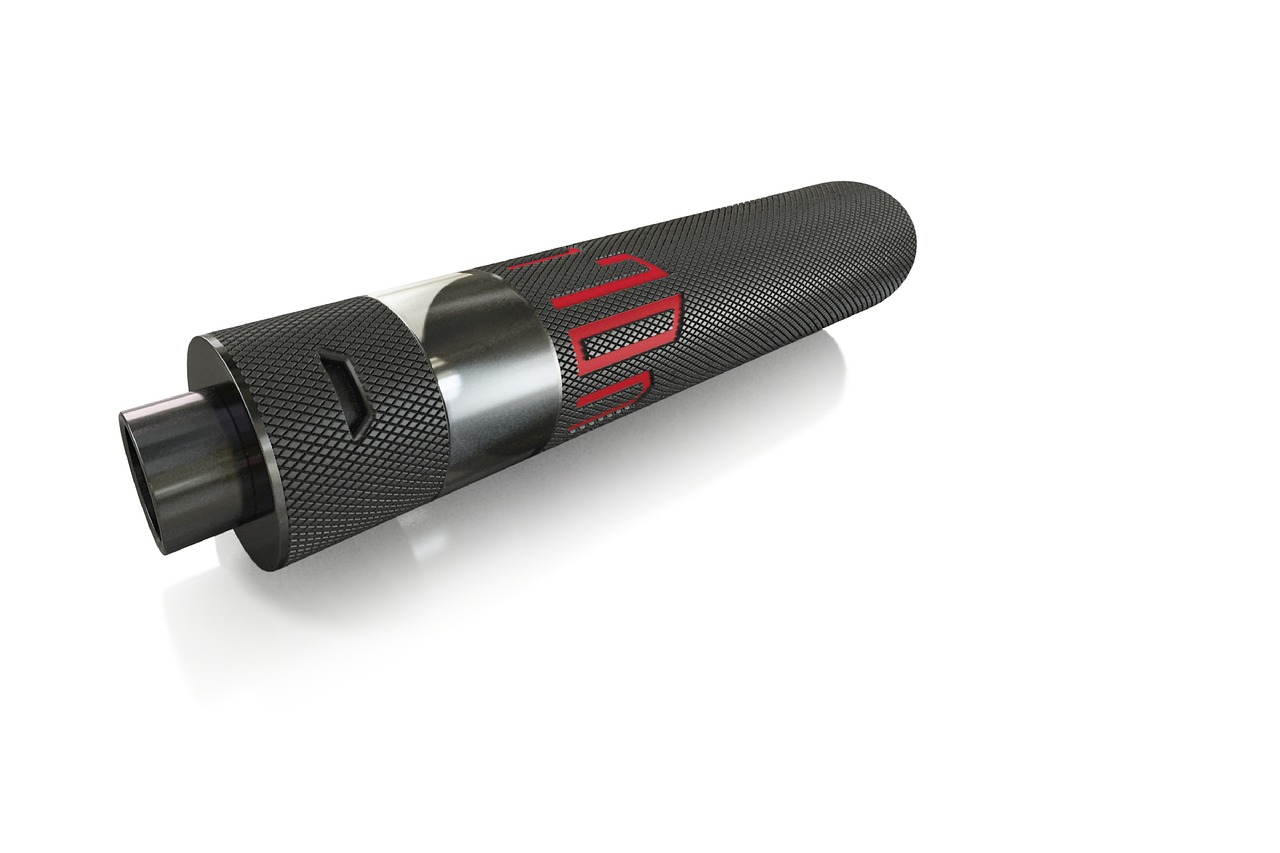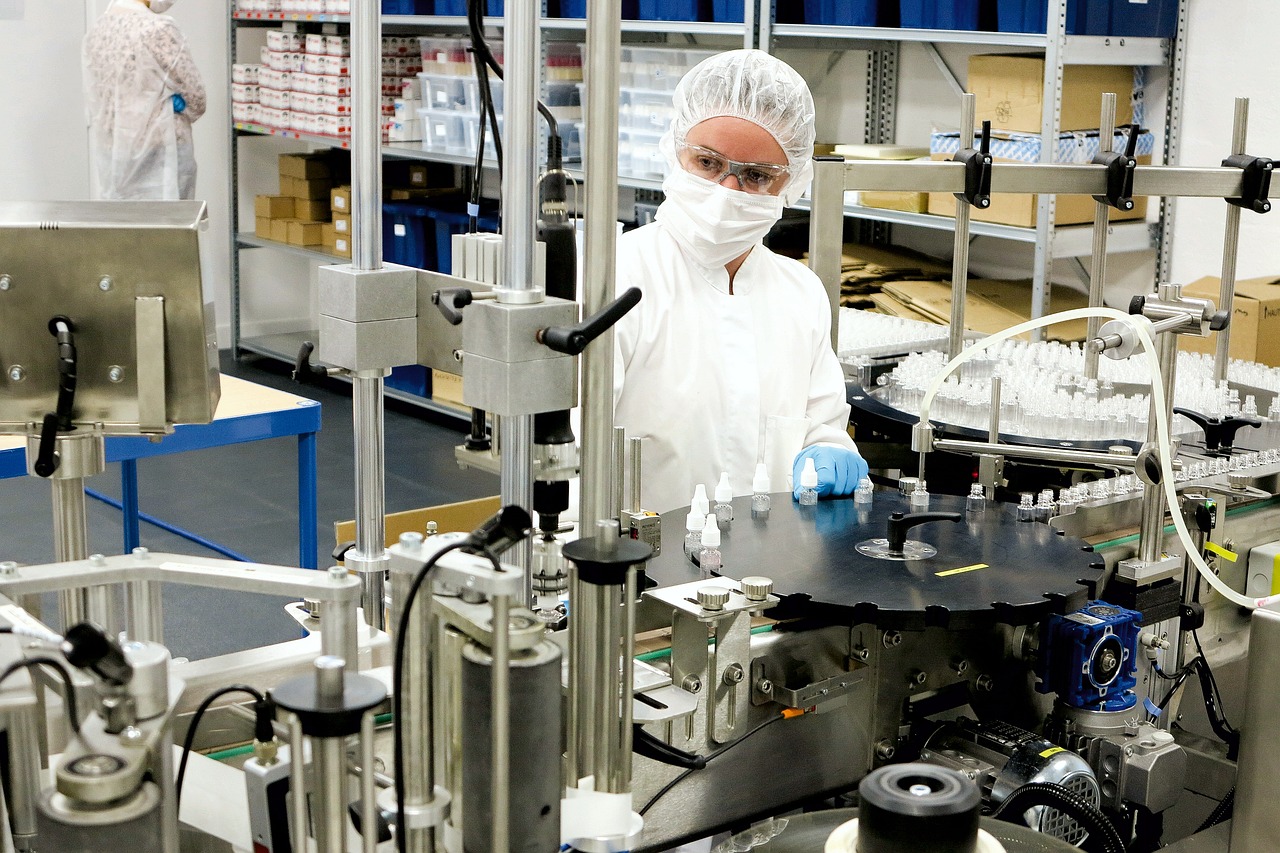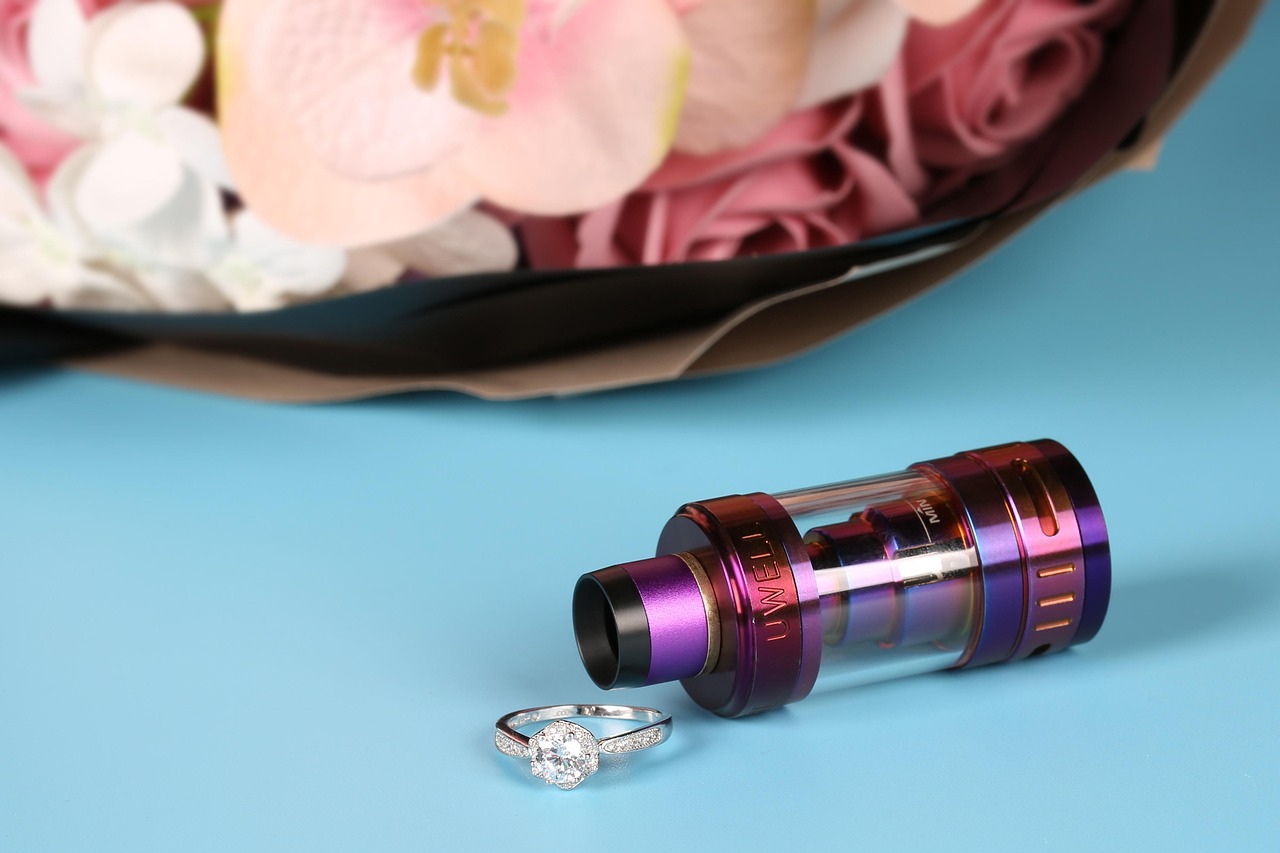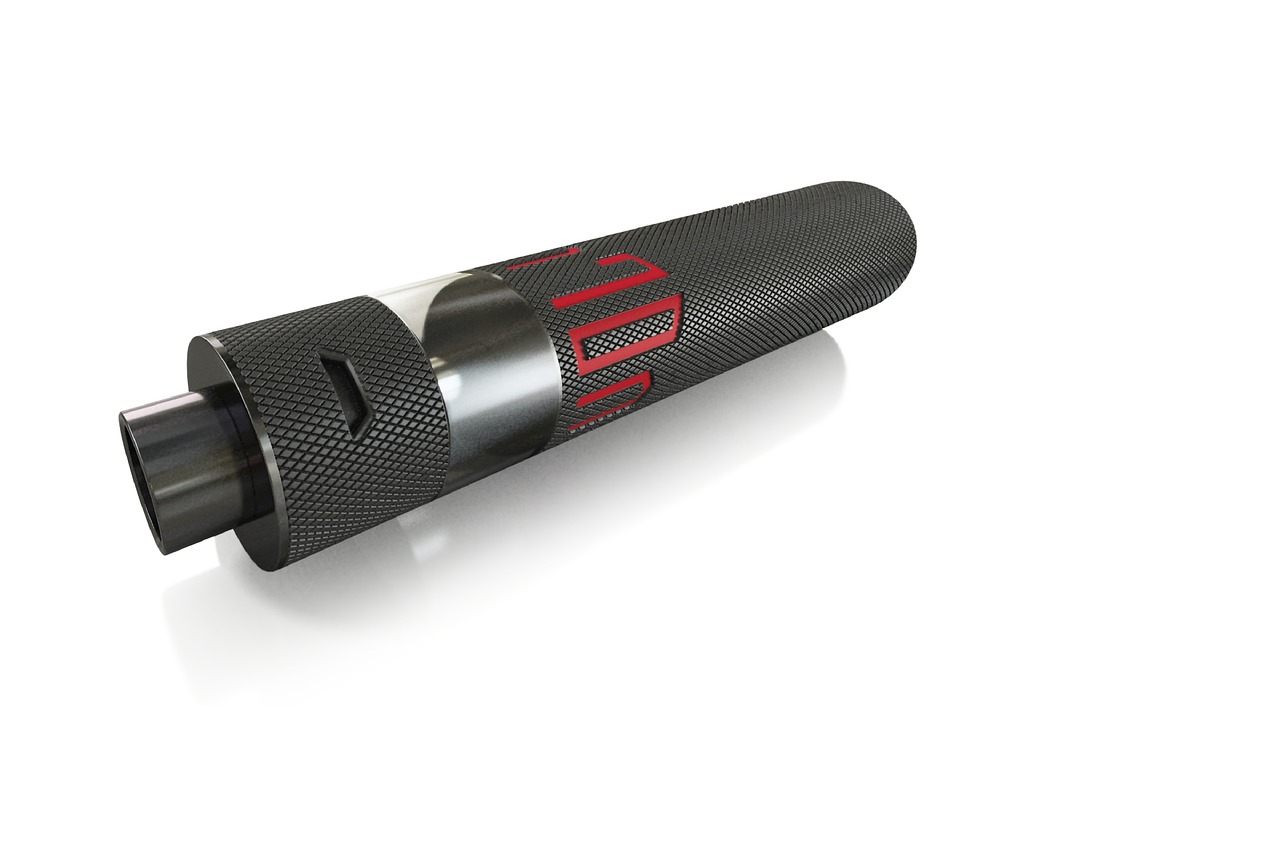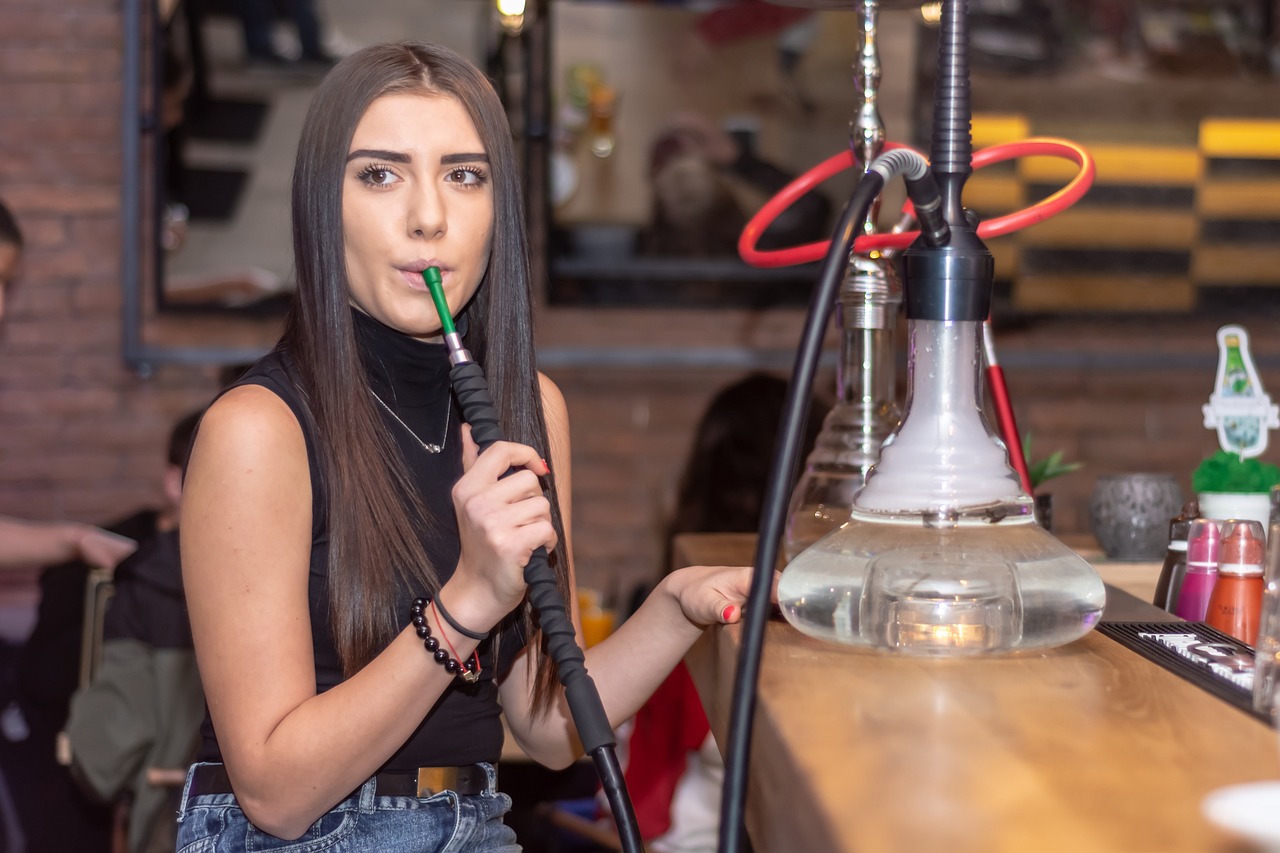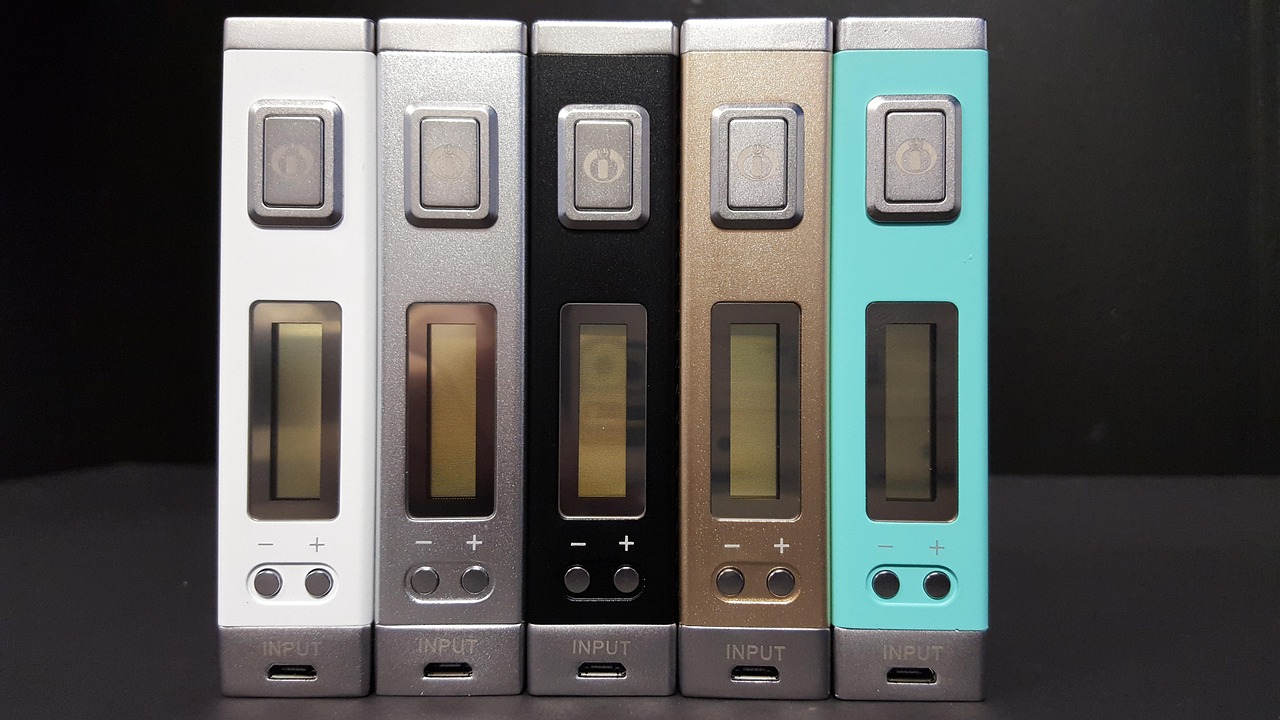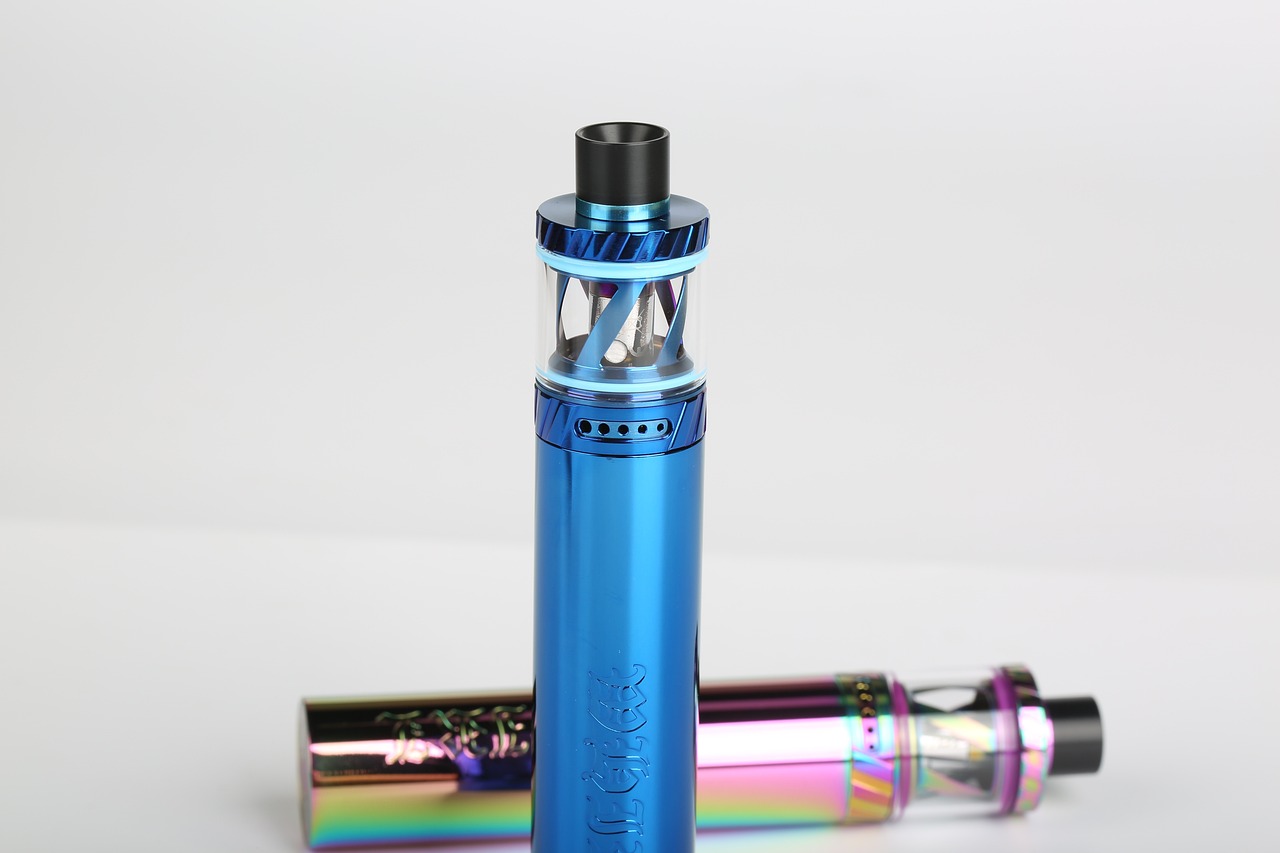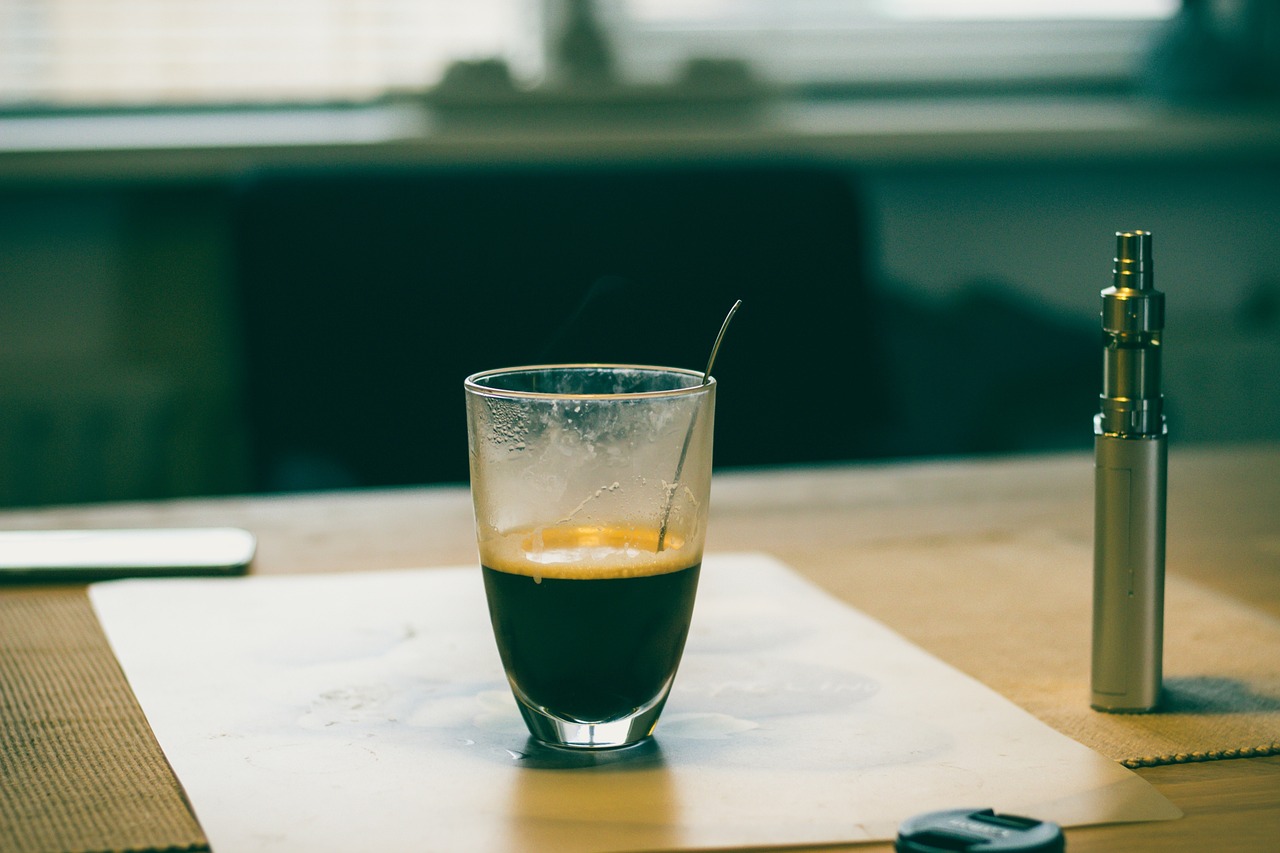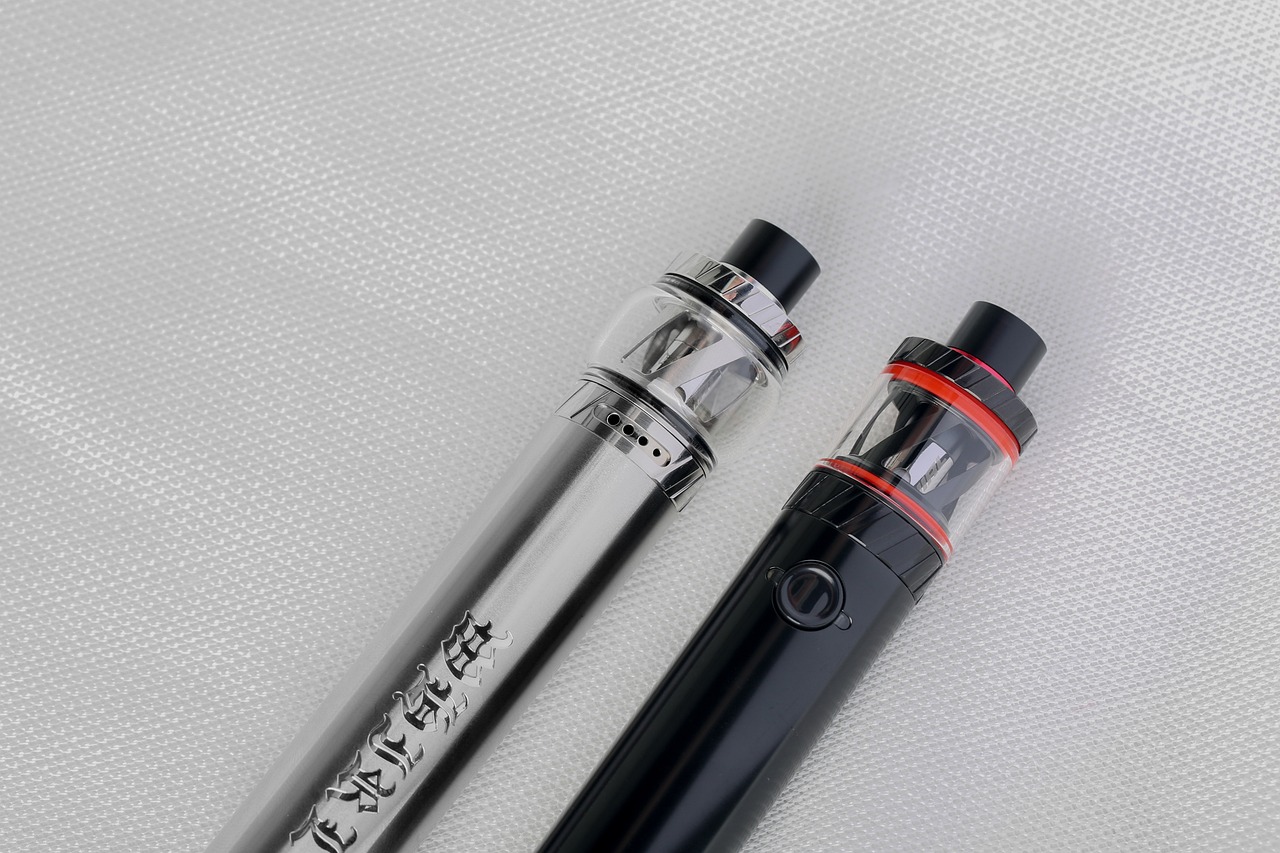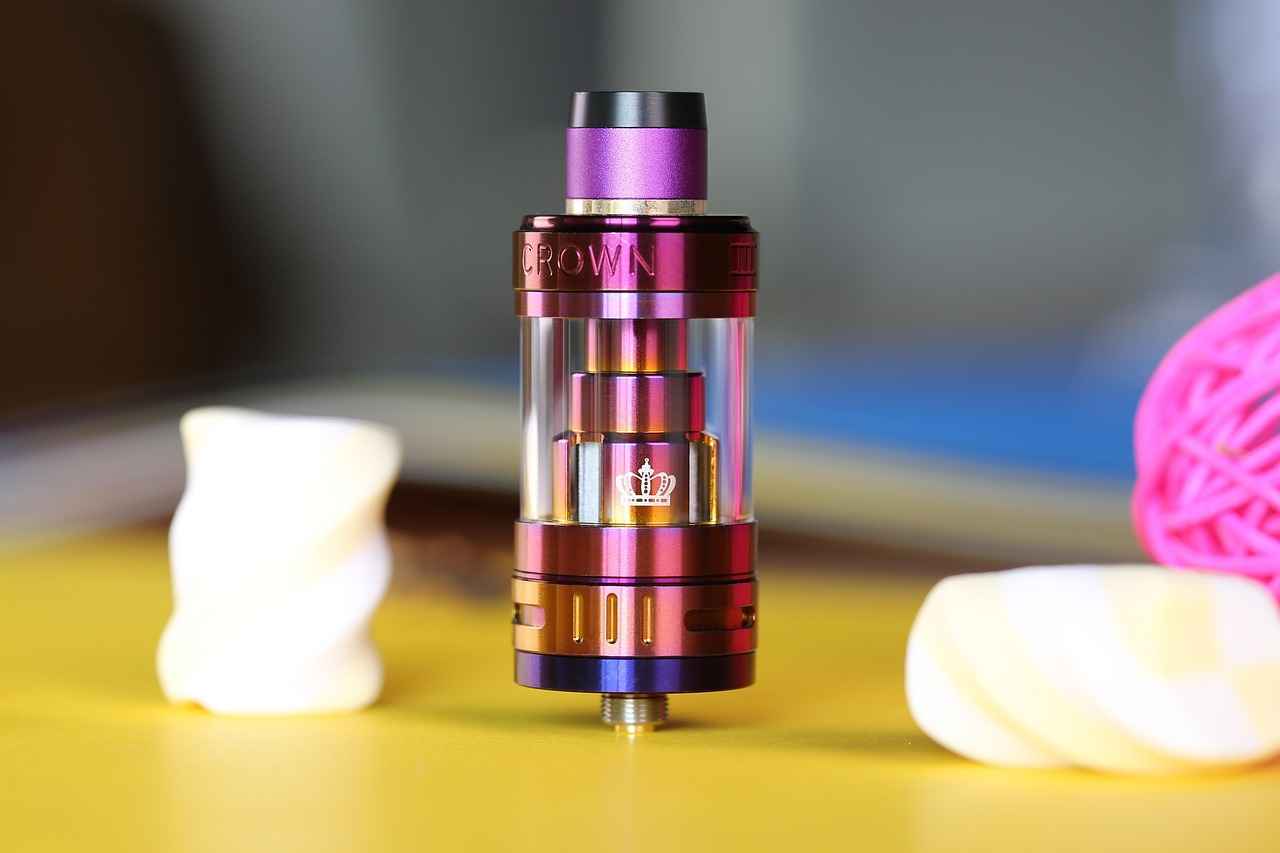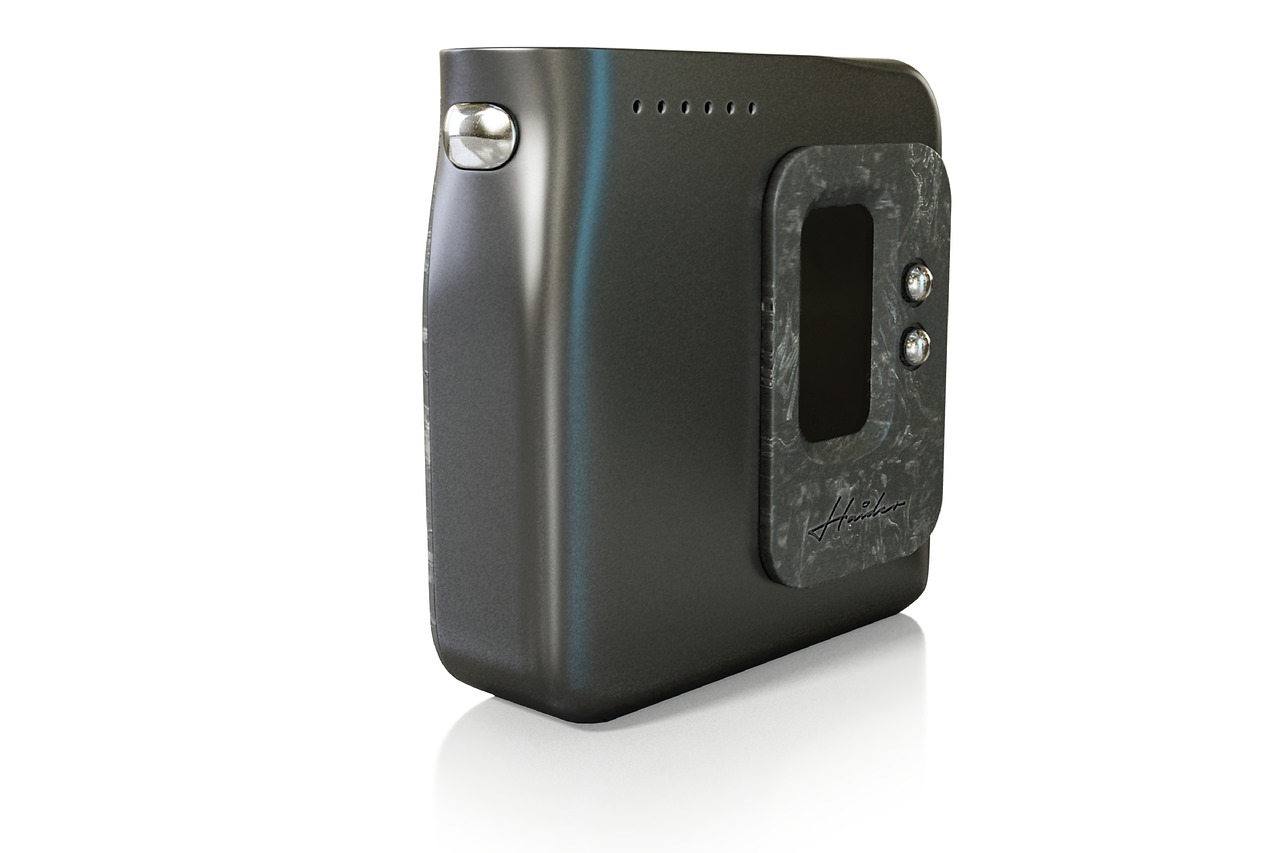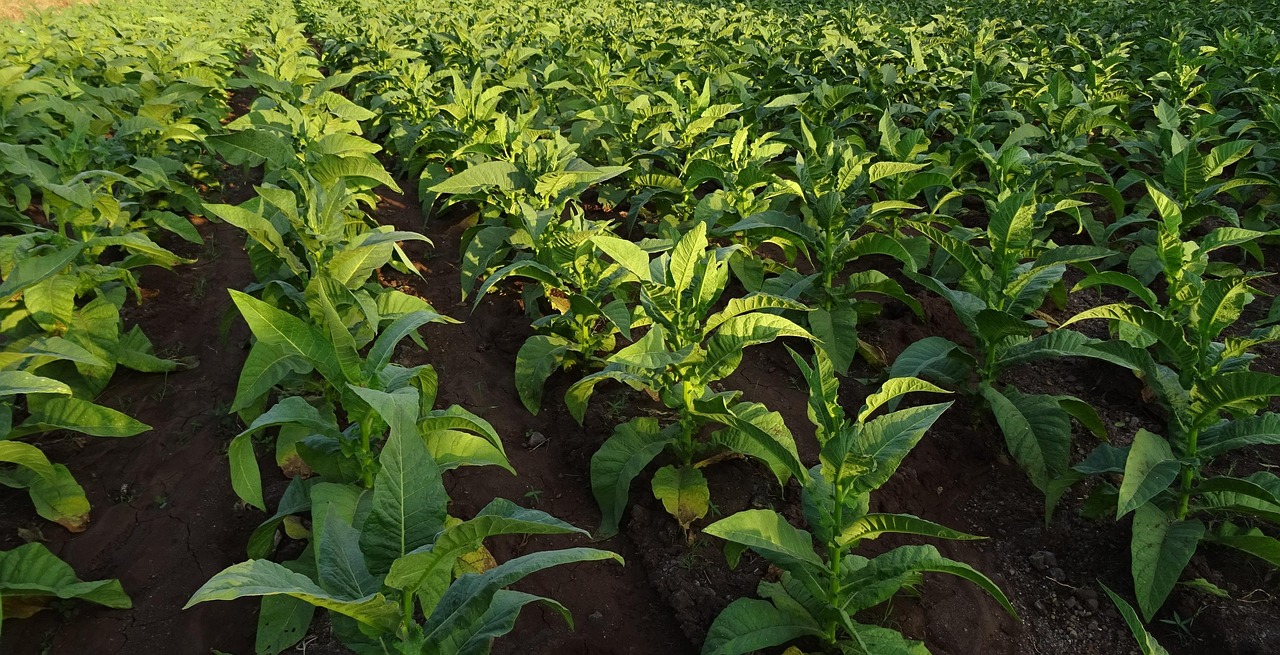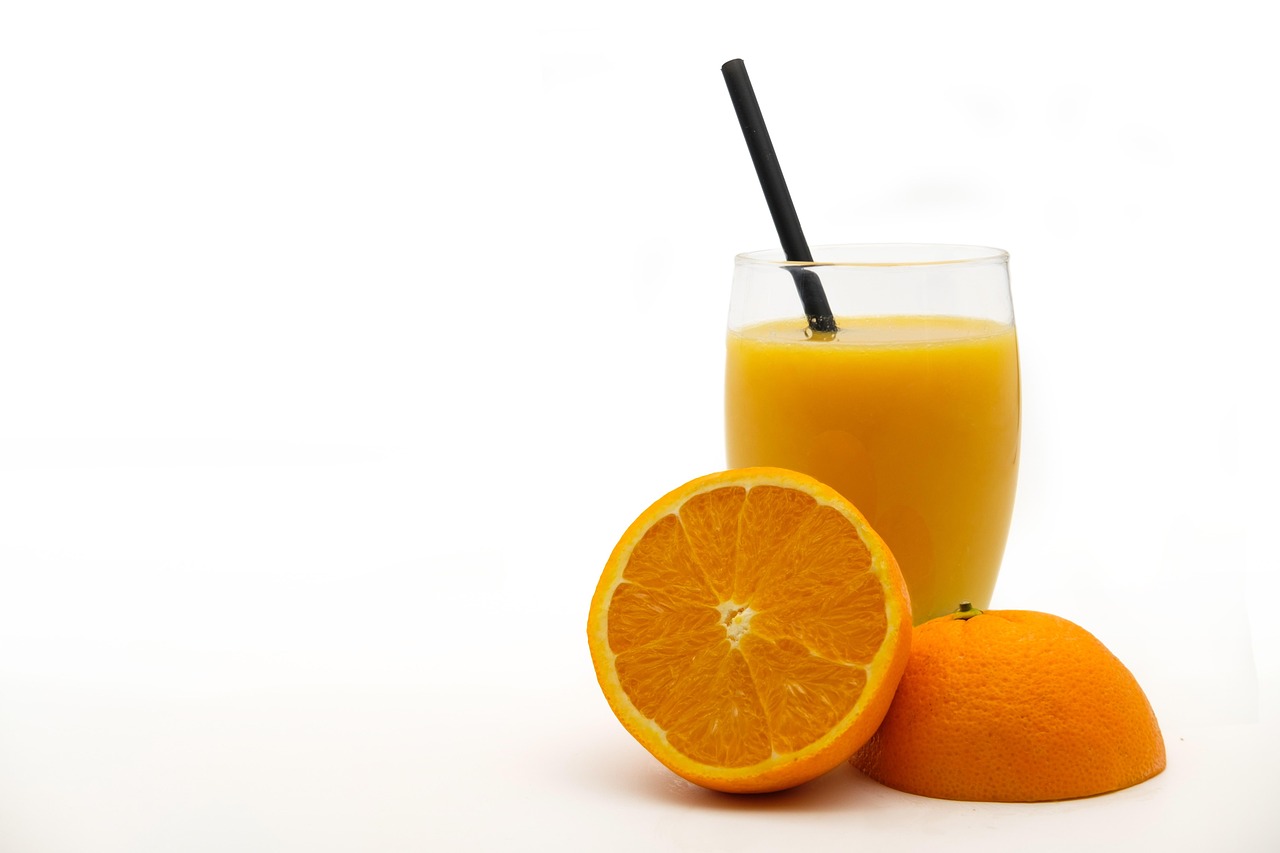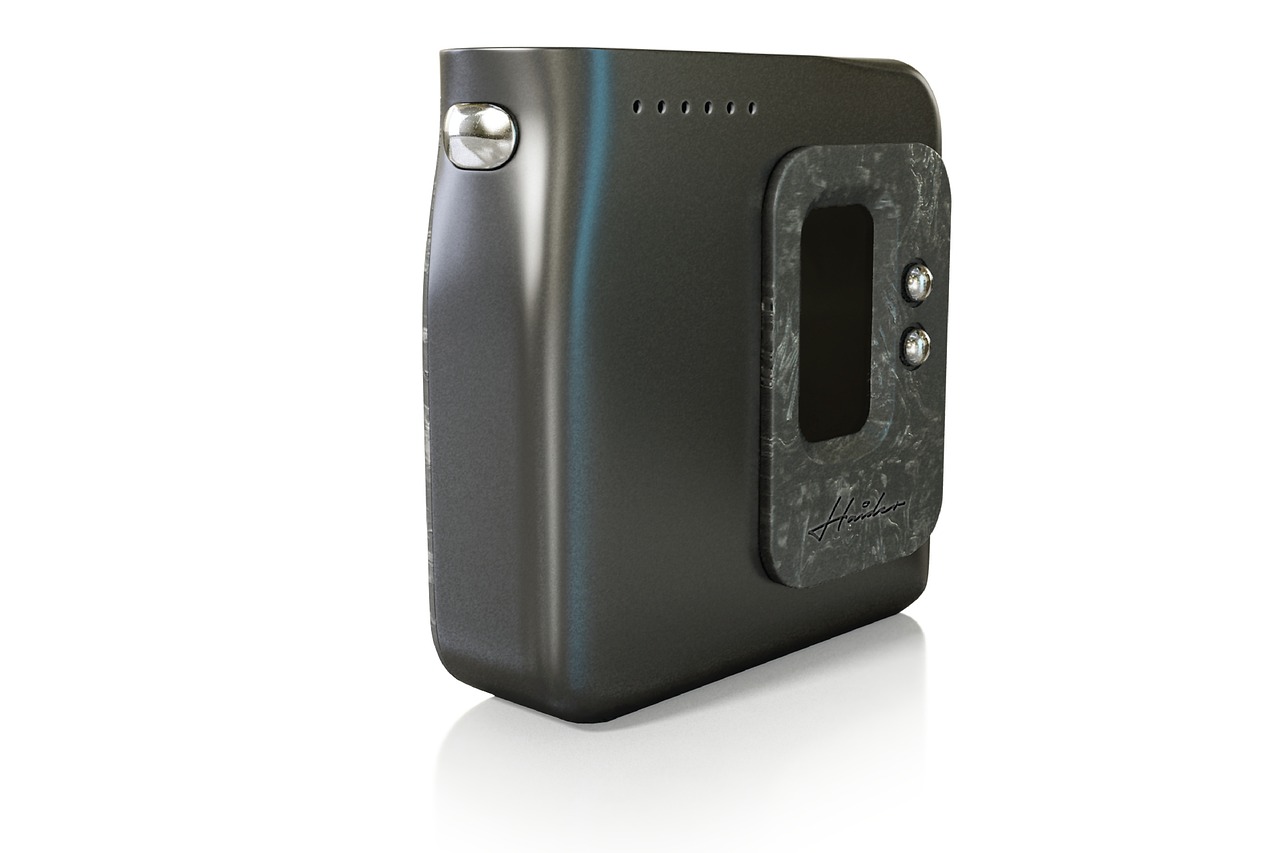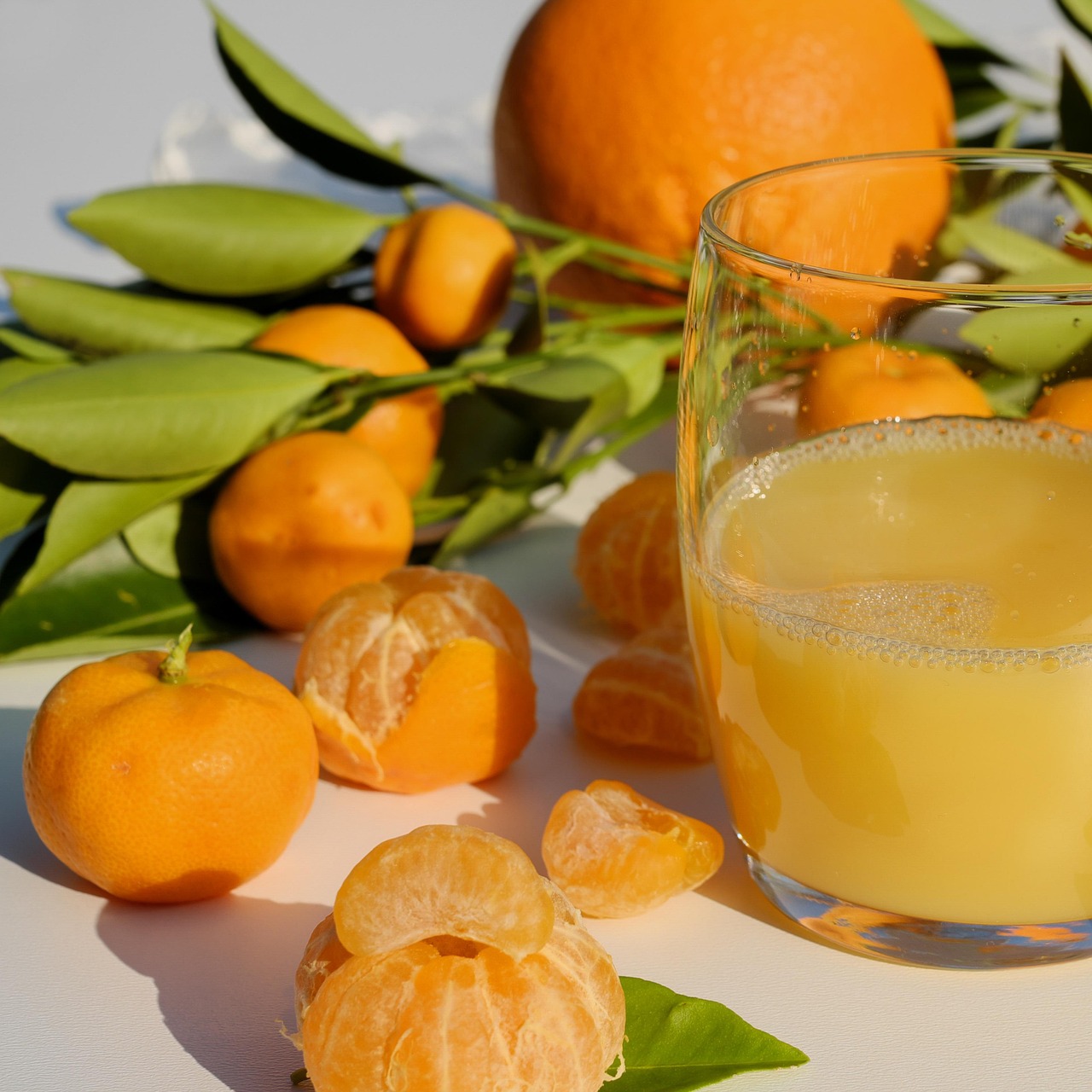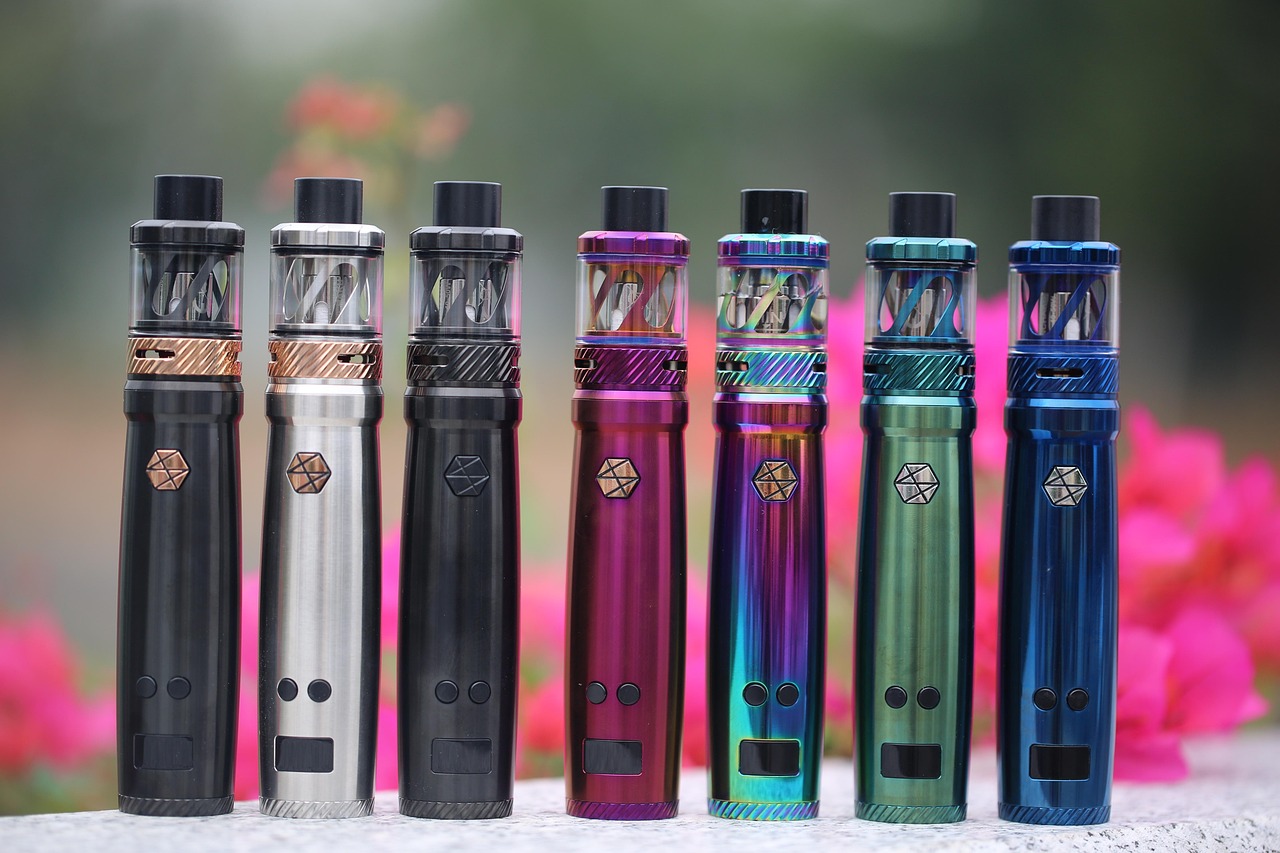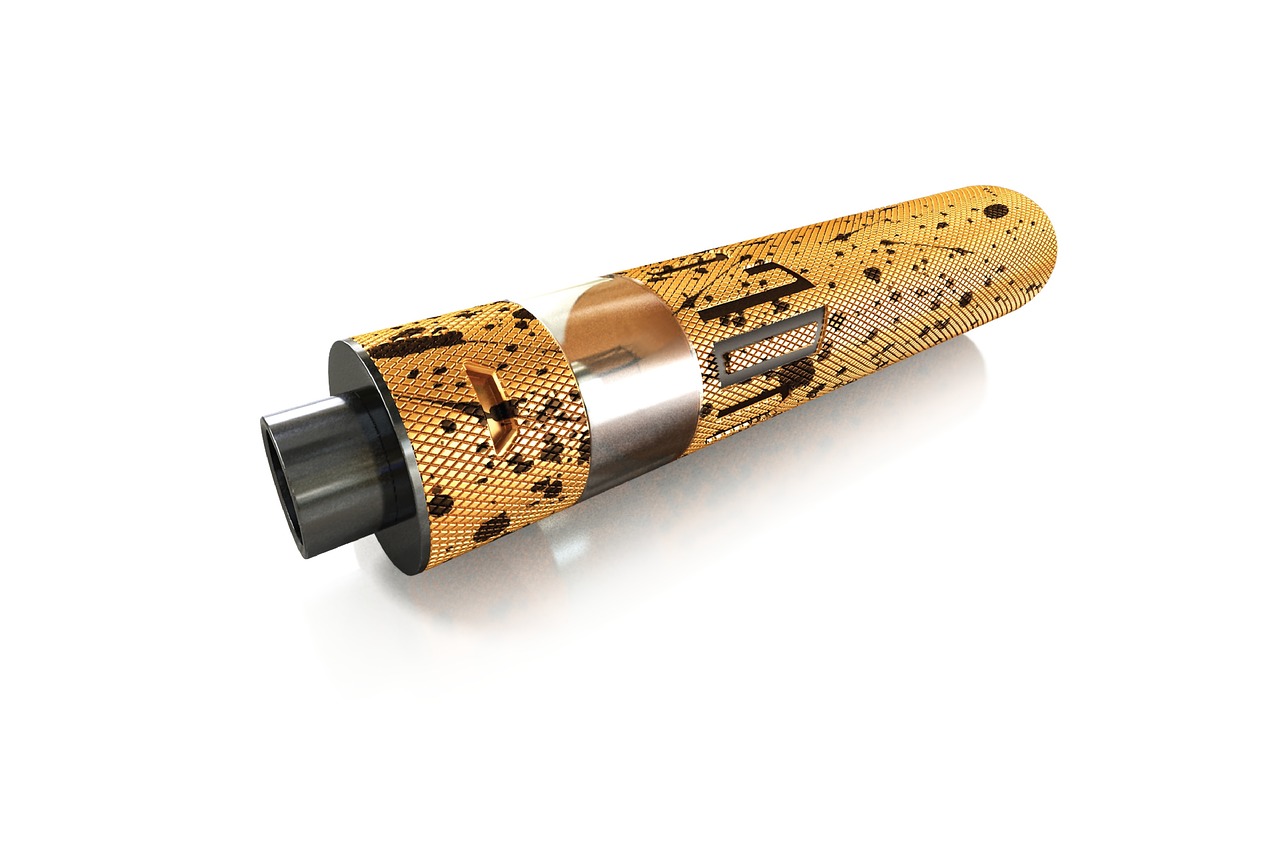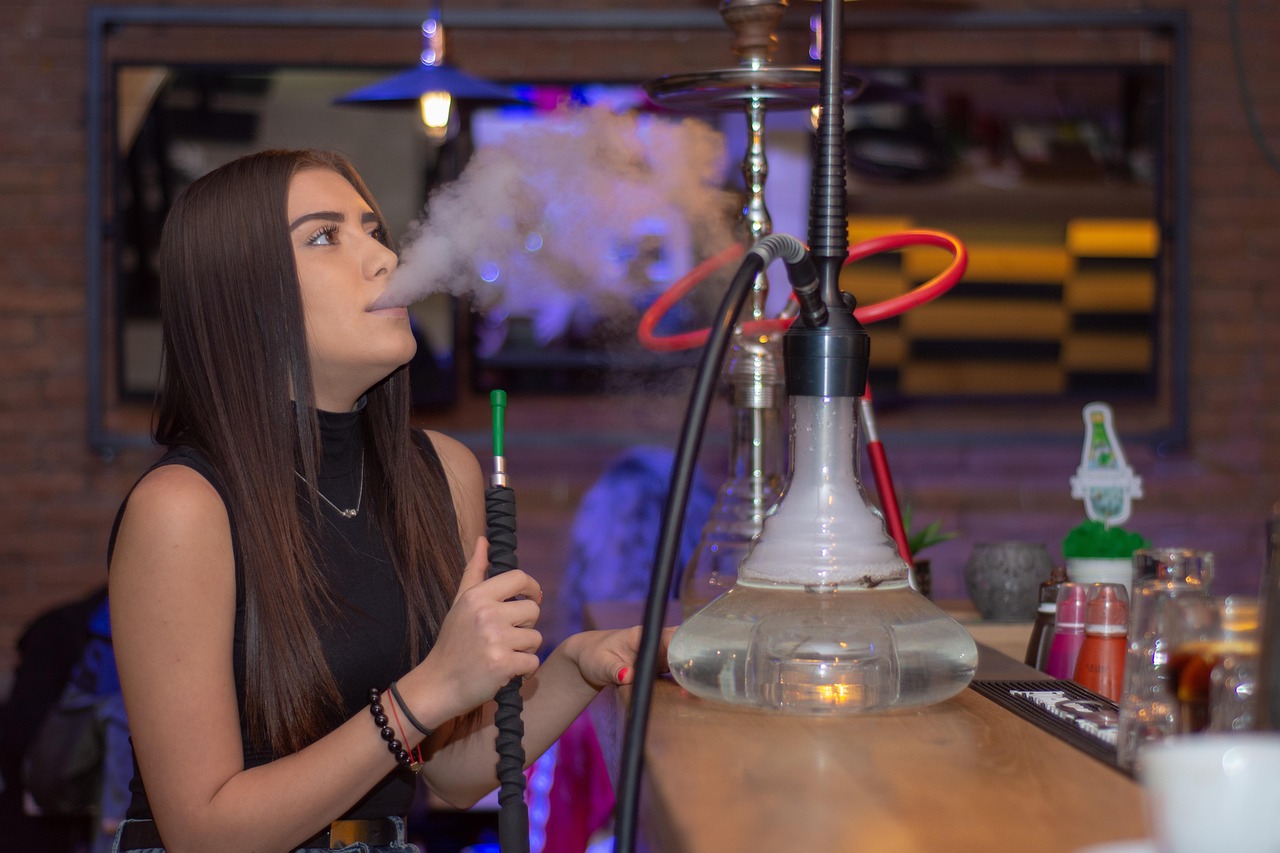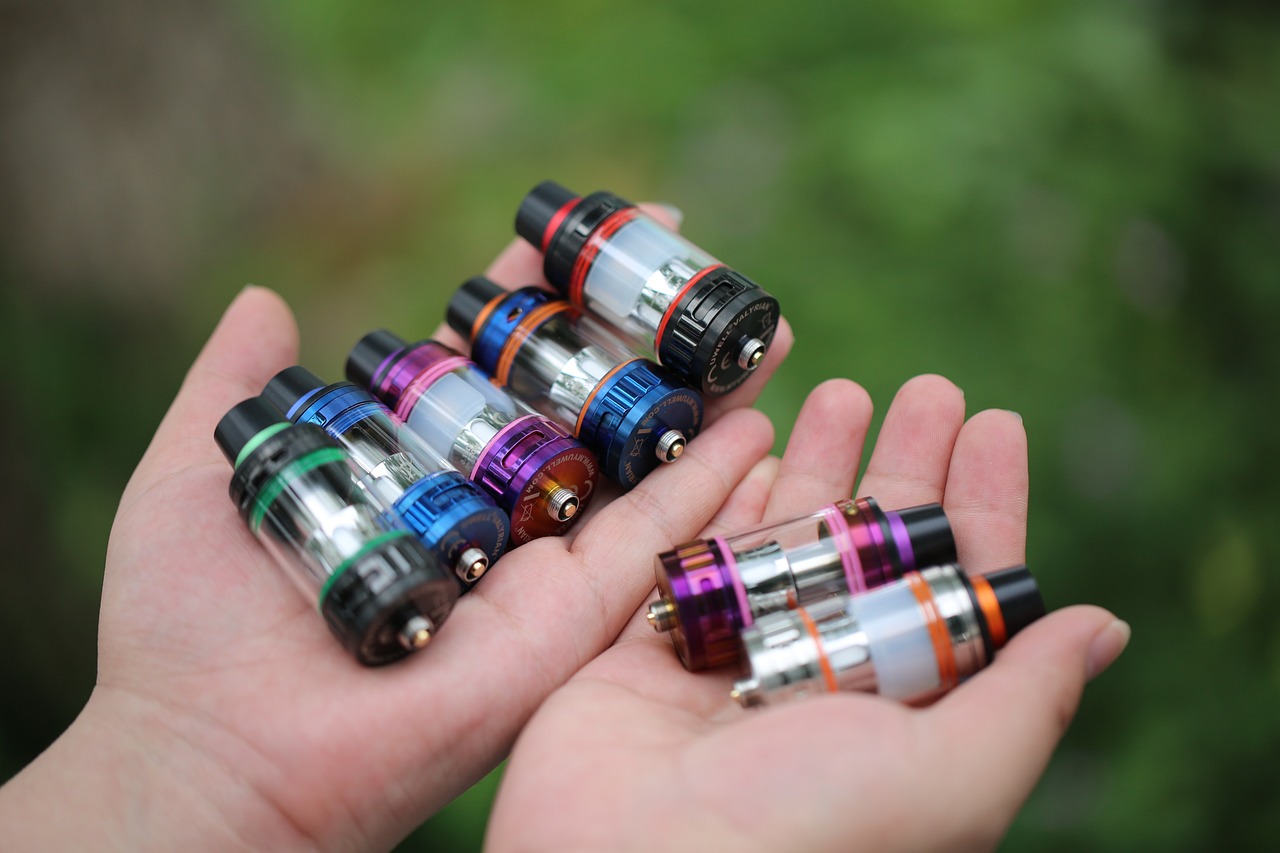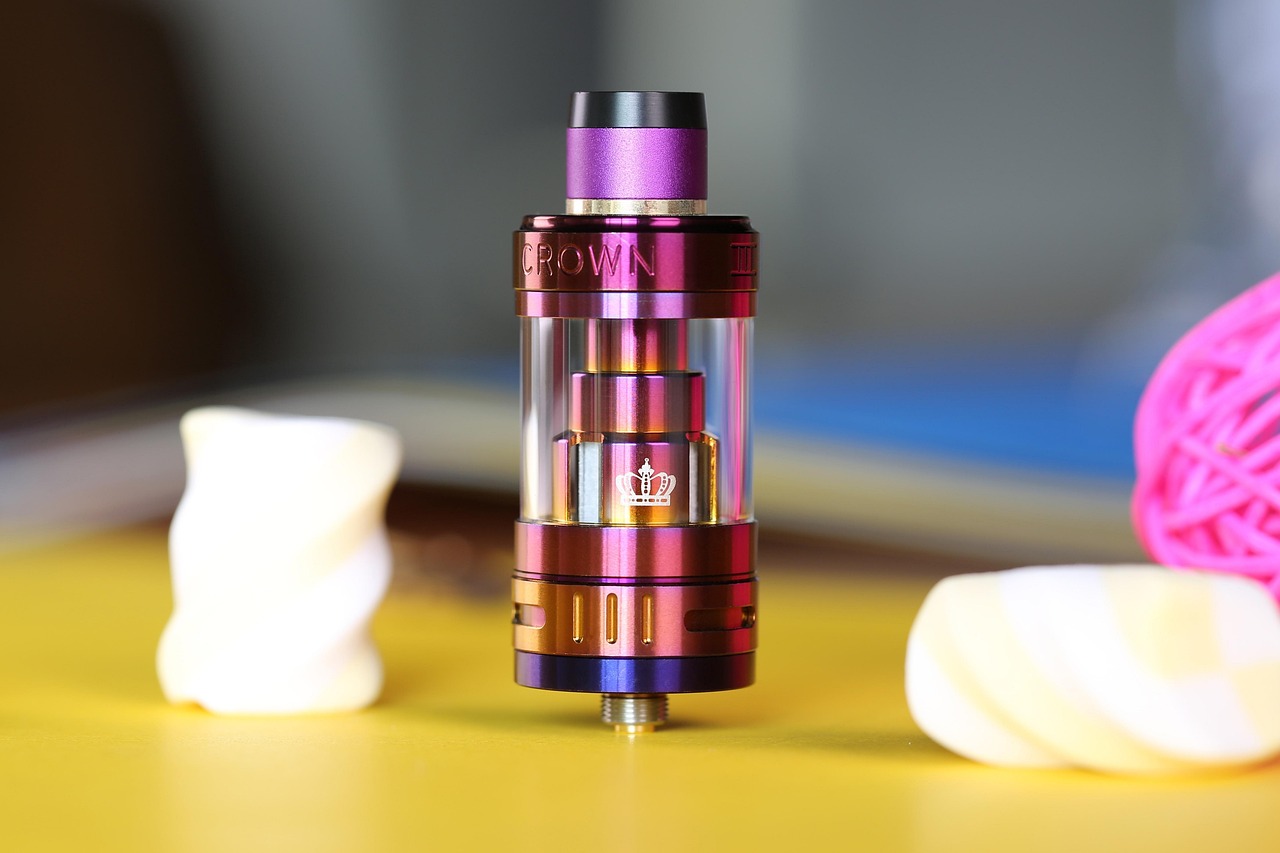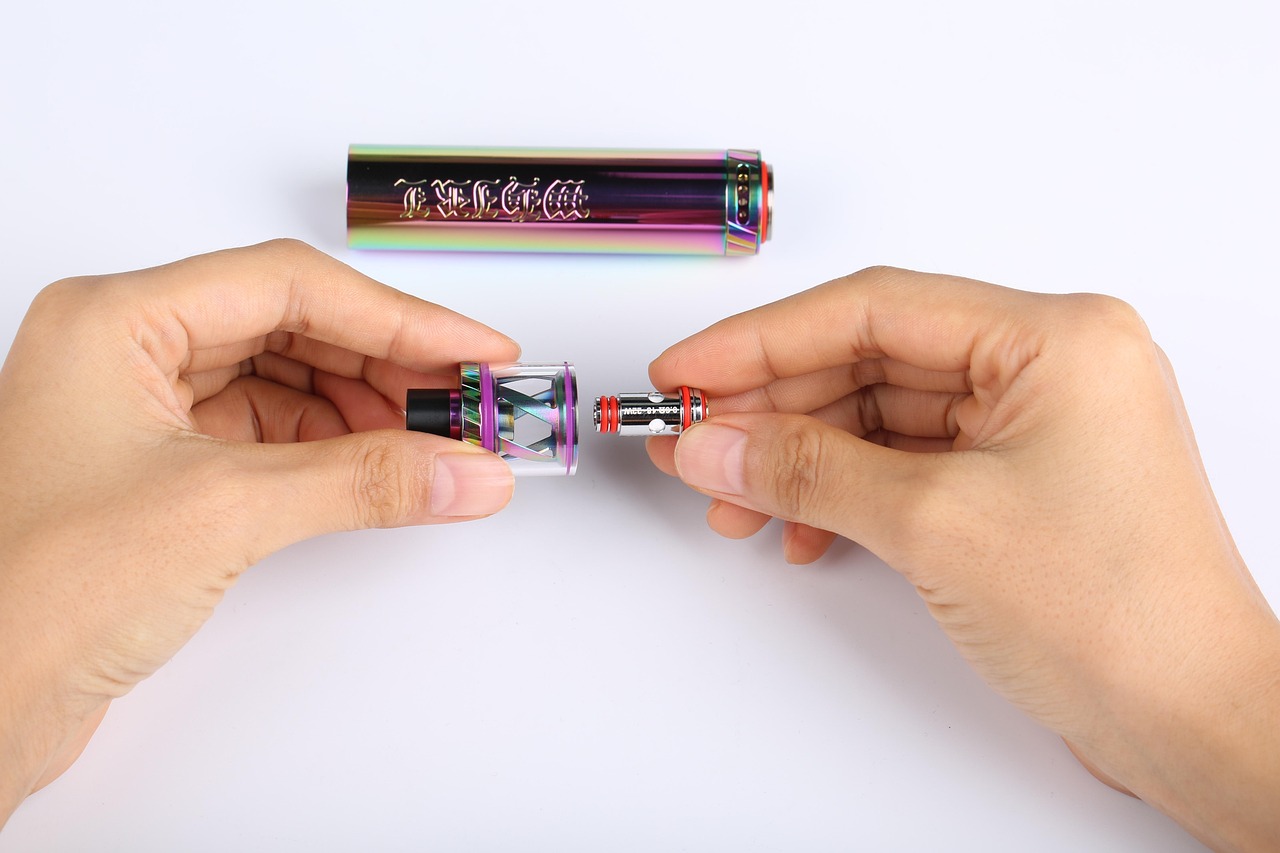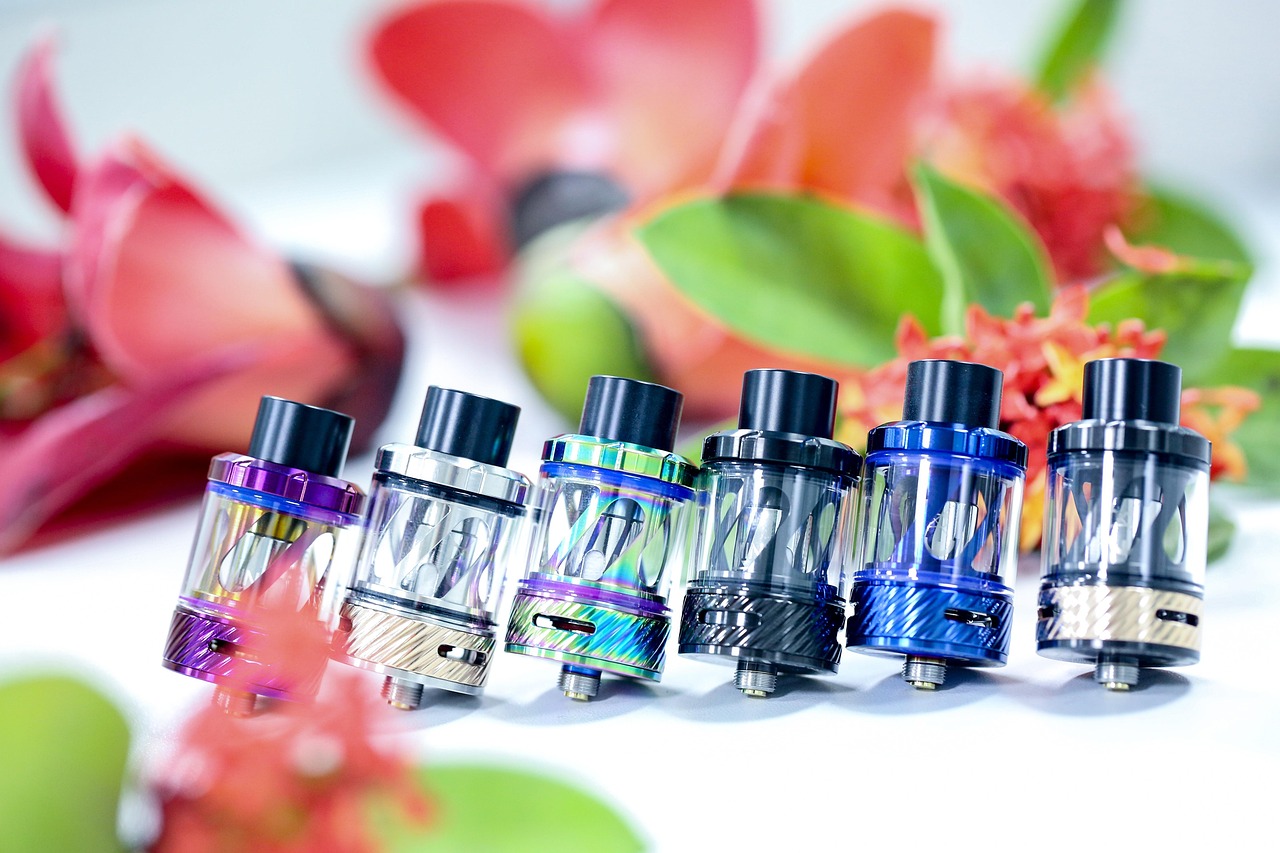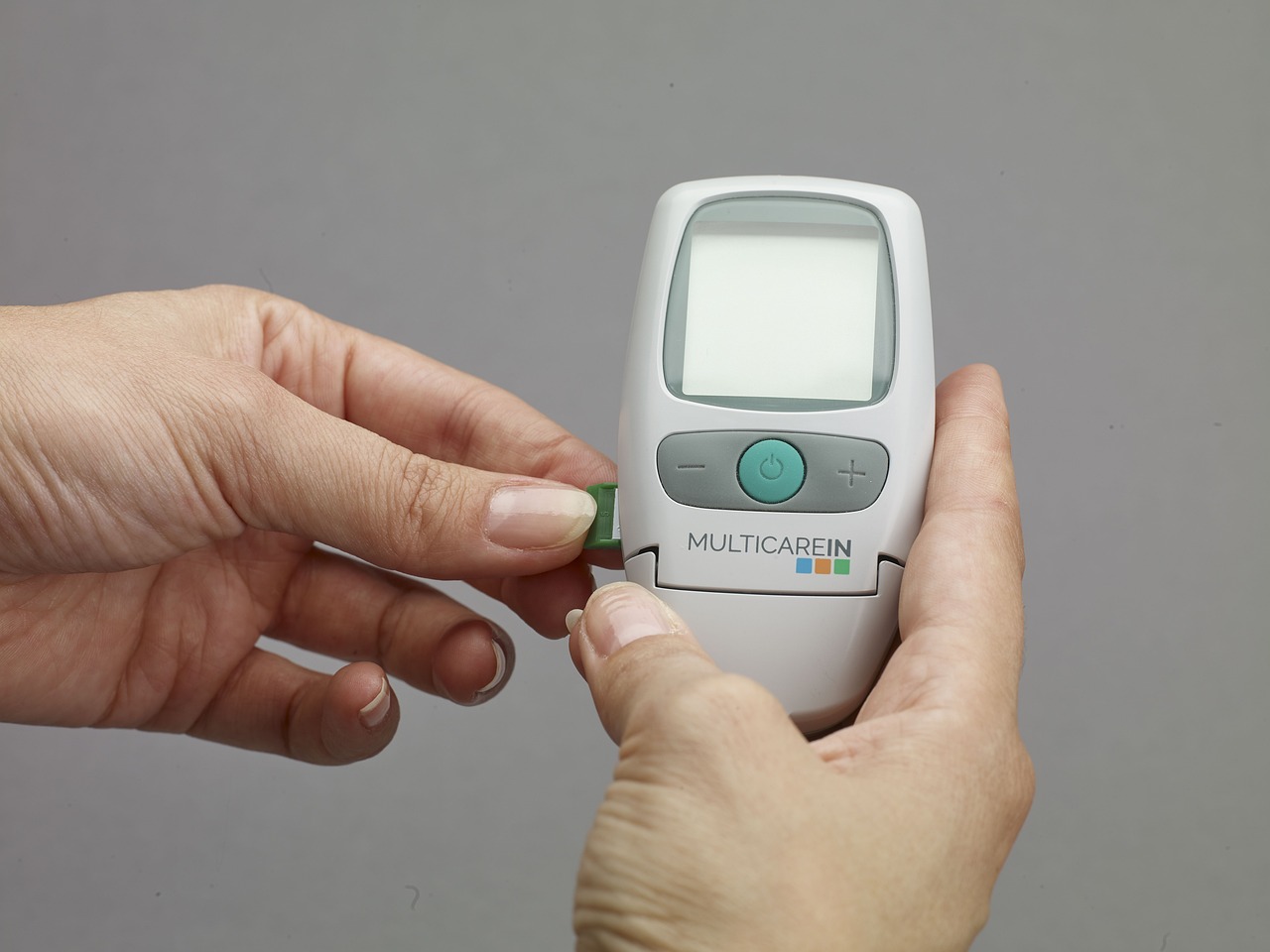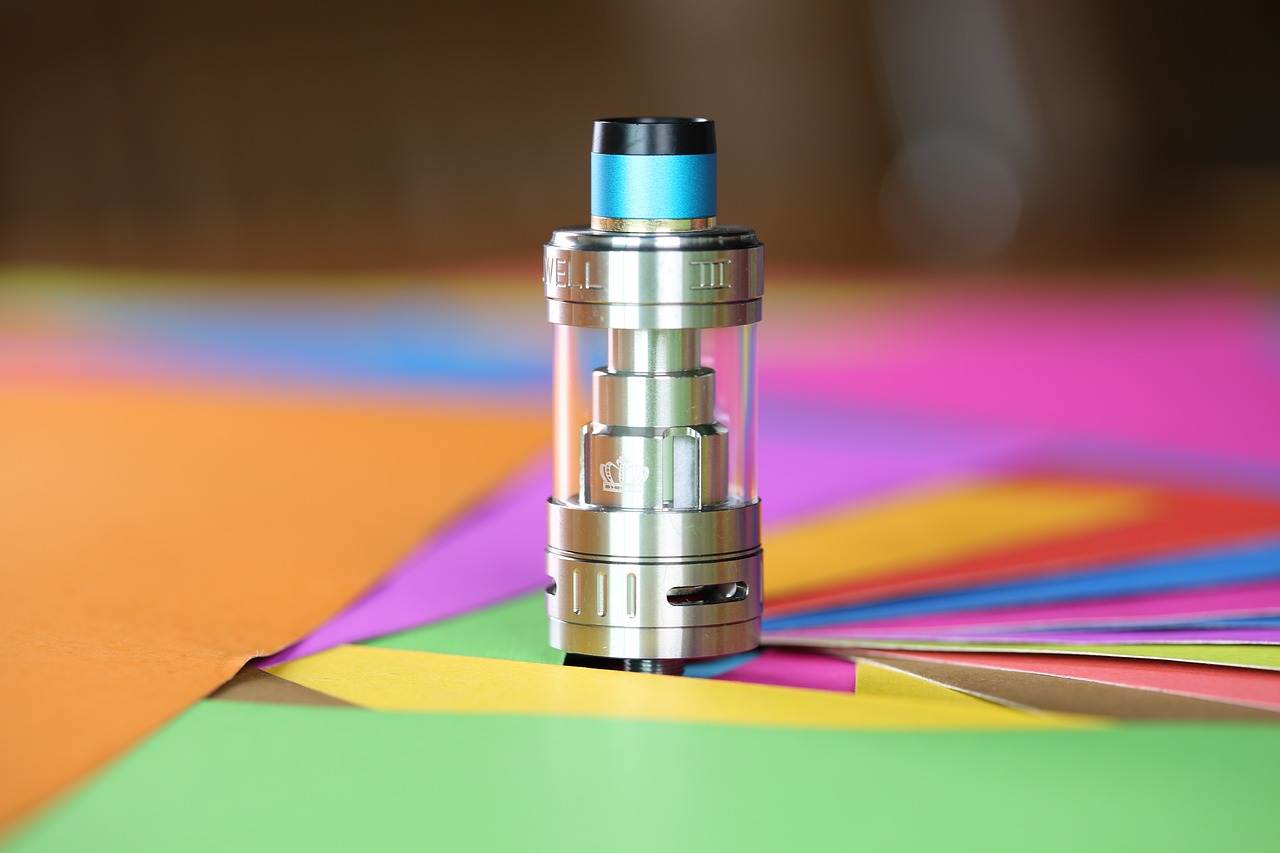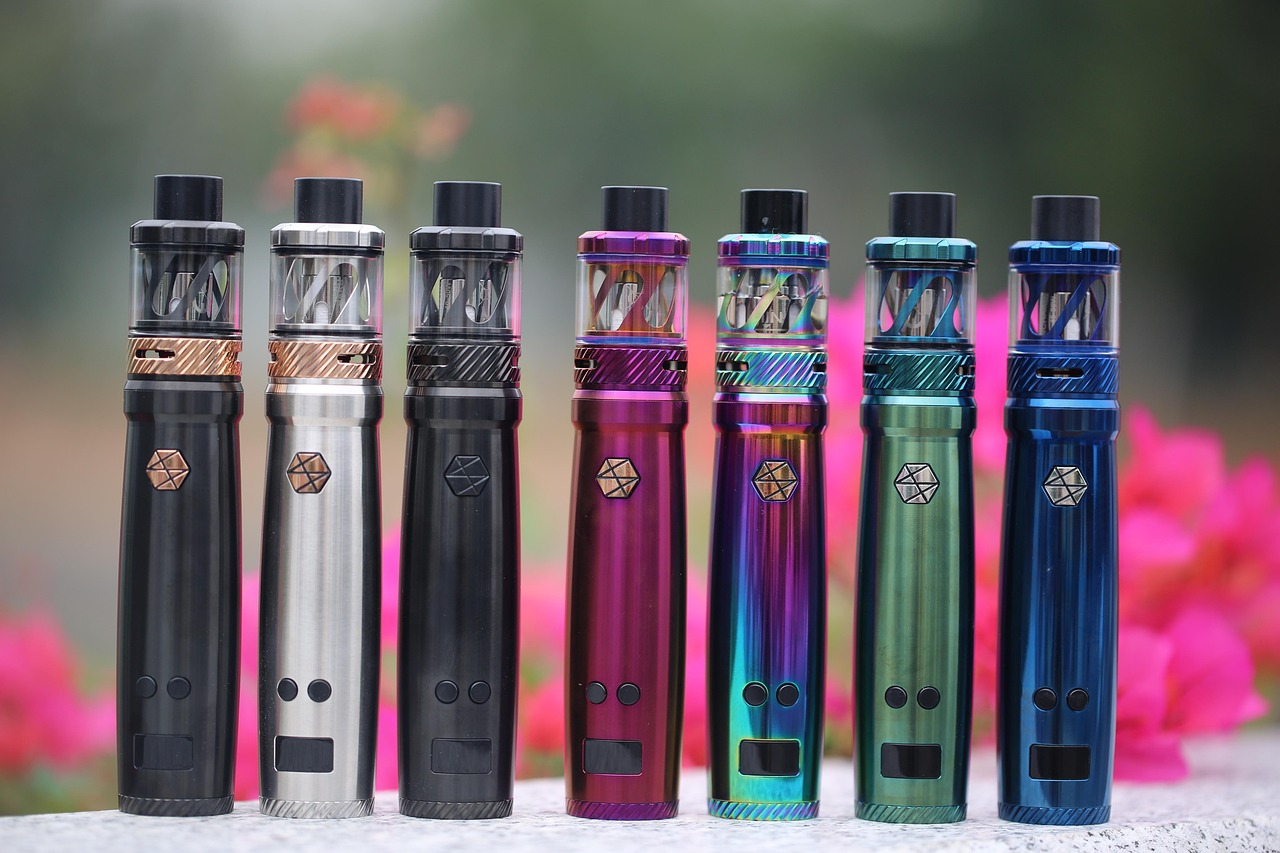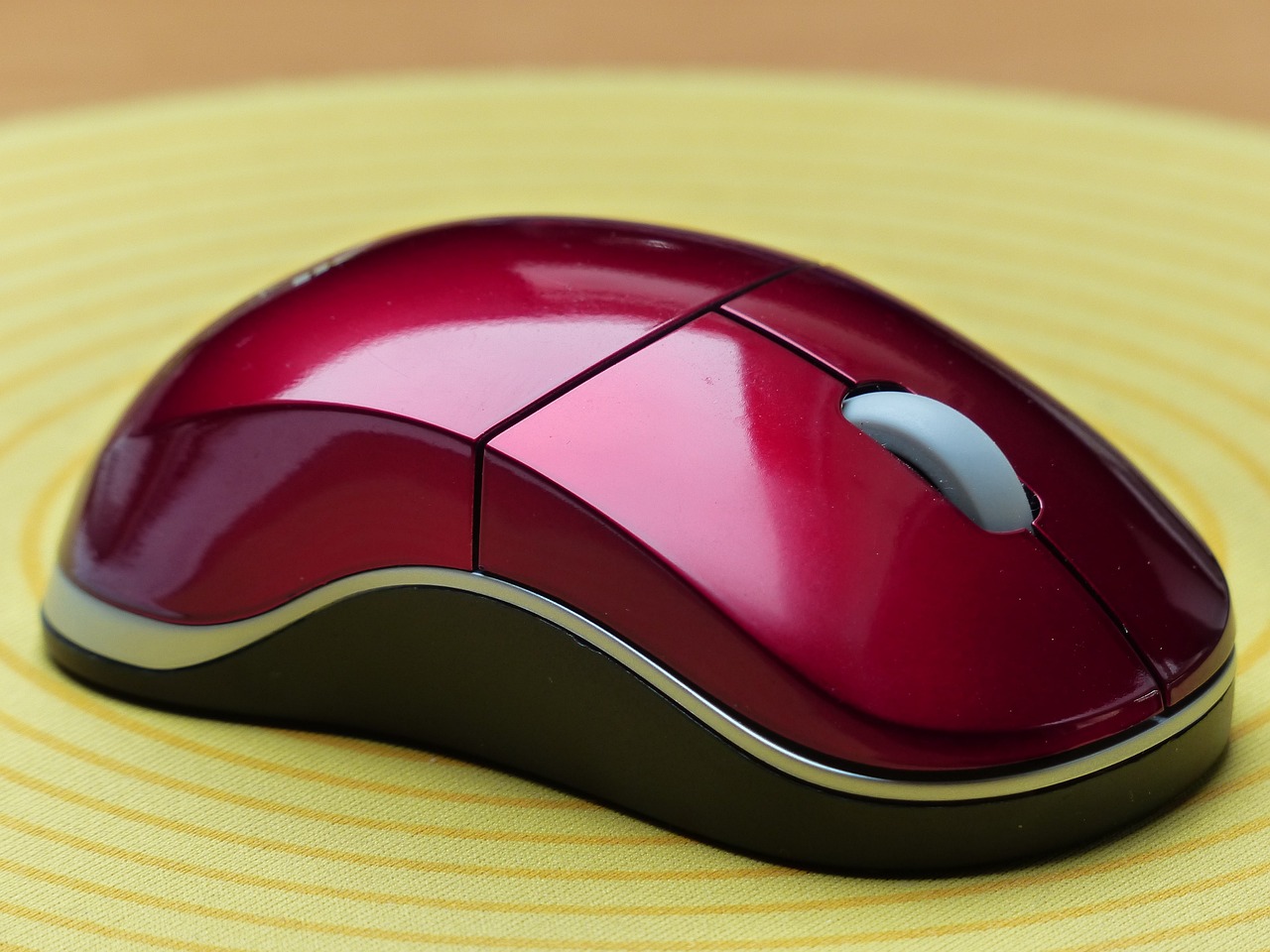This article delves into the intriguing practice of mixing different vape juices. By examining the impact on flavor, safety, and overall user experience, we aim to provide practical insights and expert opinions tailored for vapers.
What Happens When You Mix Vape Juices?
Mixing vape juices can lead to exciting flavor combinations, but it is essential to understand the chemical interactions that occur. Different ingredients can interact in unexpected ways, potentially altering the overall taste and vaping experience. For instance, combining a fruity flavor with a creamy one can create a delightful blend, while mixing two strong flavors might overwhelm the palate.
Is It Safe to Mix Different Vape Juices?
Safety is a primary concern for vapers. Mixing vape juices can pose risks, especially when combining varying nicotine levels or ingredients. The nicotine concentration can significantly affect the potency of the final mixture, leading to an unintentional increase in nicotine intake. Moreover, certain ingredients may not be compatible, potentially resulting in harmful reactions.
How Does Flavor Profile Change When Mixing Juices?
Combining different vape juices can lead to unexpected flavor profiles. For example, mixing a mint flavor with a chocolate base can create a refreshing yet rich experience. Understanding how flavor notes interact is crucial for achieving a balanced mix. It’s important to experiment with small quantities to find the perfect harmony between flavors.
What Are the Best Practices for Mixing Vape Juices?
To achieve the best results when mixing vape juices, consider the following best practices:
- Start Small: Begin with small batches to test flavor combinations.
- Maintain Ratios: Use a consistent ratio of different juices to ensure balance.
- Flavor Compatibility: Research which flavors complement each other.
- Use Proper Equipment: Invest in quality mixing tools for accuracy.
Can You Create Your Own Unique Flavors?
Creating custom vape juice flavors is an exciting venture for many vapers. This process involves experimenting with different blends to craft unique flavors that suit personal preferences. Start by mixing small amounts and gradually adjust the ratios until you find your ideal combination.
What Ingredients Should You Avoid Mixing?
Not all vape juice ingredients are compatible. Avoid mixing:
- High levels of cinnamon with fruity flavors, as it can overpower them.
- Different types of sweeteners, which can lead to an overly sugary taste.
- Flavors that contain alcohol, as they may not blend well with other ingredients.
How Do Different Nicotine Levels Affect Mixing?
Nicotine levels play a crucial role in the mixing process. When combining juices with different nicotine concentrations, it’s vital to calculate the final nicotine strength to avoid unintentional overconsumption. This can significantly influence the overall vaping experience.
What Are Popular Combinations for Mixing Vape Juices?
Certain flavor combinations are particularly popular among vapers. Some sought-after mixtures include:
- Strawberry and Cream: A classic blend that offers a sweet and smooth experience.
- Mango and Mint: A refreshing tropical mix that is perfect for summer.
- Coffee and Vanilla: A rich combination that provides a comforting flavor profile.
How to Properly Store Mixed Vape Juices?
Proper storage is essential for maintaining the quality of mixed vape juices. Store your creations in a cool, dark place in tightly sealed containers to ensure freshness and prevent flavor degradation. Avoid exposure to sunlight and heat, as these can alter the composition of the juices.
What Do Experts Say About Mixing Vape Juices?
Expert opinions emphasize the importance of safety and flavor balance when mixing vape juices. Many industry professionals recommend thorough research and experimentation to find the best combinations. Engaging with the vaping community can also provide valuable insights and tips for successful mixing.
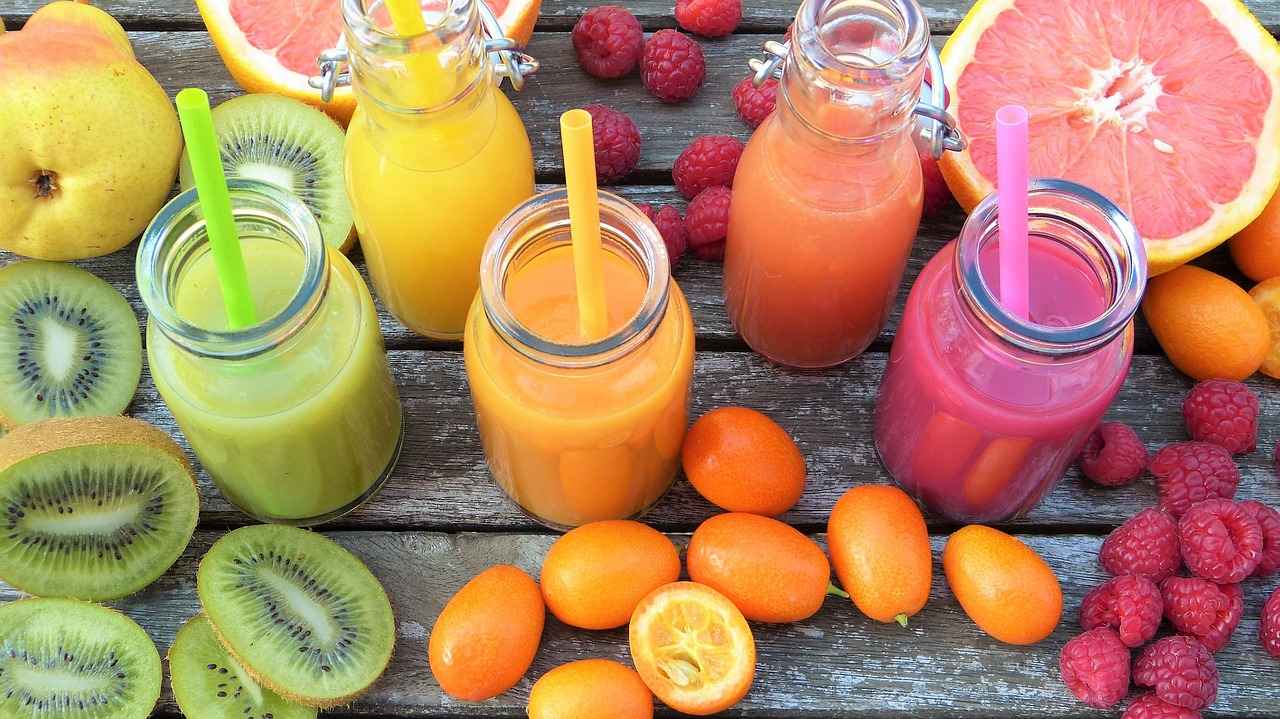
What Happens When You Mix Vape Juices?
Mixing vape juices is an intriguing practice that allows vapers to explore a vast array of flavors. However, it is essential to understand the underlying chemical interactions that occur when different ingredients are combined. This knowledge is crucial for achieving a satisfying vaping experience. In this section, we will delve into how various components of vape juices can influence the overall taste and enjoyment.
When you mix vape juices, you are essentially blending different flavor profiles, which can lead to unique and exciting tastes. Each vape juice is composed of a variety of ingredients, including propylene glycol, vegetable glycerin, flavorings, and nicotine. The interaction between these components can significantly alter the flavor outcome. For example, combining a fruity vape juice with a creamy one can create a delightful dessert-like flavor, while mixing two fruit flavors may enhance the sweetness or tartness, depending on their individual profiles.
- Flavor Synergy: Some flavors complement each other, enhancing the overall experience. For instance, blending menthol with citrus can provide a refreshing twist.
- Flavor Clashing: Conversely, certain combinations may result in unpleasant flavors. Mixing too many strong flavors can create a muddled taste that lacks clarity.
- Ingredient Interactions: The base ingredients in vape juices can also affect the final product. For example, a high VG (vegetable glycerin) juice may produce more vapor but can mute certain flavors compared to a high PG (propylene glycol) mix.
Understanding the balance of flavors is critical when mixing. A well-balanced mix will allow the individual notes to shine through without overpowering one another. Experts recommend starting with small ratios to find the perfect blend. For instance, if you are mixing a sweet strawberry flavor with a tart lemon, you might begin with a 70/30 ratio of strawberry to lemon. This will allow you to assess the blend and adjust as needed.
Moreover, the temperature of the vape can also play a role in how flavors are perceived. Higher wattages can intensify flavors, while lower settings can provide a smoother experience. Experimenting with different wattages when trying out your mixed juices can help you find the optimal setting for your unique blend.
In summary, mixing vape juices can lead to a plethora of flavors and experiences. By understanding the chemical interactions of the ingredients and how they influence taste, vapers can create custom blends that suit their preferences. Whether you’re a novice or an experienced mixer, taking the time to experiment with different combinations can lead to delightful discoveries in your vaping journey.
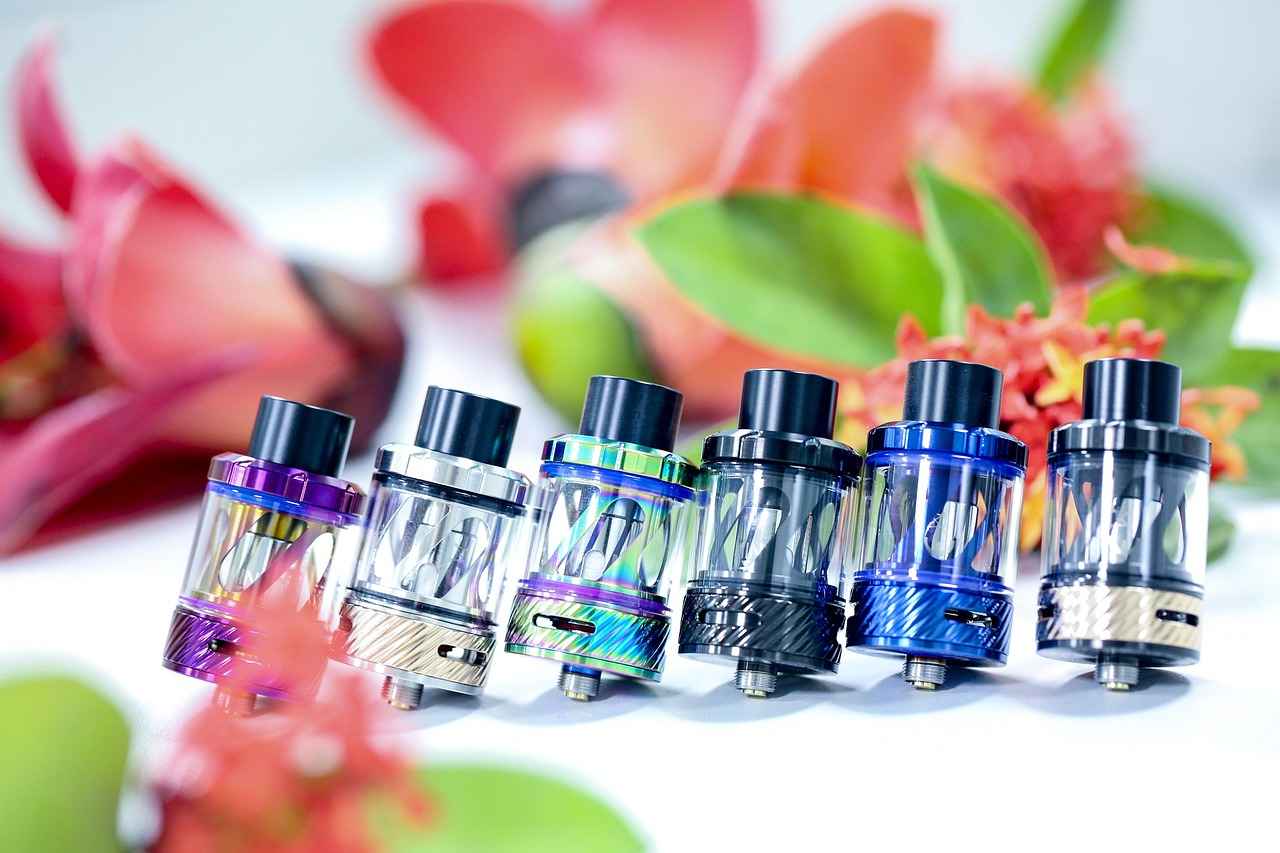
Is It Safe to Mix Different Vape Juices?
For many vapers, the idea of mixing different vape juices is enticing. However, safety remains a primary concern. This section delves into the potential risks associated with this practice, particularly focusing on the effects of combining various nicotine levels and ingredients.
Mixing vape juices can lead to exciting new flavors, but it is essential to understand the chemical interactions that occur when different ingredients are combined. Each vape juice contains a unique blend of propylene glycol, vegetable glycerin, flavorings, and nicotine. When these components are mixed, they may react in unforeseen ways, potentially altering the intended flavor and even impacting safety.
One of the most significant safety concerns arises from nicotine levels. Many vapers enjoy varying nicotine strengths to tailor their experience. However, when mixing juices with different nicotine concentrations, there is a risk of unintentionally increasing the overall nicotine level. This can lead to unpleasant side effects such as dizziness, nausea, or even nicotine poisoning in extreme cases. It is crucial to calculate the total nicotine content accurately before mixing.
Furthermore, certain ingredients in vape juices can be incompatible. For example, some flavorings are oil-based, while others are water-based. Mixing these can lead to separation or even the formation of harmful compounds when heated. It is advisable to avoid mixing juices that contain ingredients known to react poorly with each other.
To ensure safety while mixing vape juices, consider the following best practices:
- Start Small: Begin with small batches to test the flavor and effects before committing to larger quantities.
- Know Your Ingredients: Familiarize yourself with the components of each juice and their compatibility.
- Use Accurate Measurements: Always measure nicotine levels and other ingredients carefully to avoid unintended concentrations.
- Research Flavor Profiles: Understand how different flavors interact and balance to create a pleasant vaping experience.
Additionally, it is important to consult with experienced vapers or industry professionals. Many experts recommend sticking to reputable brands that provide detailed ingredient lists and safety information. This can help mitigate risks associated with mixing different vape juices.
Ultimately, while mixing vape juices can be a fun and creative process, it is essential to prioritize safety. By being aware of the potential risks and following best practices, vapers can enjoy the benefits of mixing while minimizing health hazards. Always remember that your health should come first, and when in doubt, it is better to err on the side of caution.
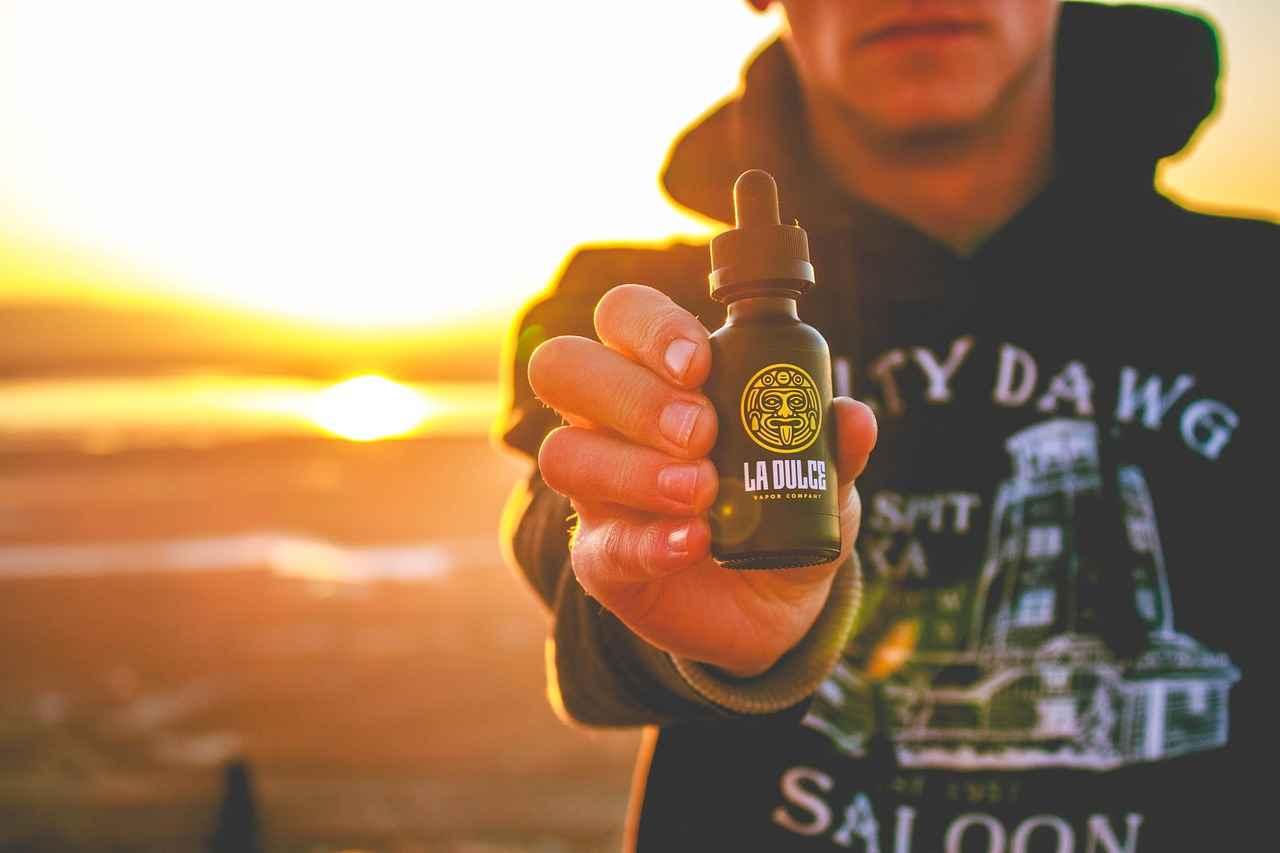
How Does Flavor Profile Change When Mixing Juices?
Mixing different vape juices is an art that can lead to unexpected and delightful flavor experiences. When vapers blend various flavors, they embark on a journey of discovery that can enhance their vaping experience significantly. Understanding how different flavor notes interact is crucial for achieving a balanced and enjoyable vape. In this section, we will analyze the complexities of flavor combinations and the importance of maintaining harmony in your mixes.
Understanding Flavor Interaction
When combining vape juices, it’s essential to recognize that each flavor has its own unique profile. For example, fruity flavors like strawberry or mango can provide sweetness, while menthol or mint can add a refreshing chill. When mixed, these flavors can either complement each other or clash, leading to a less enjoyable vaping experience. The key to successful mixing lies in understanding the flavor wheel, which categorizes flavors into groups such as fruity, creamy, spicy, and savory.
Balancing Flavor Notes
To create a well-rounded flavor profile, balancing different notes is crucial. For instance, a sweet flavor can be balanced with a tart one to create a more complex taste. A common practice among vapers is to use a base flavor as a foundation and then add complementary flavors in smaller amounts. This method allows the primary flavor to shine while adding depth and richness to the overall mix.
Experimenting with Ratios
Finding the right ratio is another critical factor when mixing vape juices. A general guideline is to start with a 70/30 or 60/40 ratio of base to additional flavors. However, this can vary based on personal preference and the specific flavors used. Keeping a mixing journal can help vapers track their experiments, noting down the ratios and the resulting flavor profiles for future reference.
Common Flavor Combinations
- Fruits and Cream: Combining fruity flavors with creamy notes often results in a satisfying dessert-like vape.
- Menthol and Fruit: Adding menthol to fruity flavors can create a refreshing twist that many vapers enjoy.
- Candy Flavors: Mixing candy flavors with fruits or creams can evoke nostalgic tastes and enhance sweetness.
Potential Pitfalls
While mixing can be fun, it’s essential to be aware of potential pitfalls. Some flavors simply do not mix well together, leading to a disjointed or unpleasant taste. For example, combining a strong tobacco flavor with a delicate fruit flavor may overpower the fruit, resulting in a muddled experience. Additionally, vapers should avoid mixing juices with significantly different nicotine levels, as this can lead to an uneven throat hit.
Conclusion
In summary, mixing vape juices offers an exciting opportunity to explore new flavor profiles. By understanding how different flavors interact, balancing notes, experimenting with ratios, and being mindful of potential pitfalls, vapers can create unique and enjoyable blends. The art of mixing is not just about creating new flavors; it’s about enhancing the overall vaping experience.

What Are the Best Practices for Mixing Vape Juices?
Mixing vape juices can be a delightful way to create your own unique flavors and personalize your vaping experience. However, to achieve the best results, it is essential to follow certain best practices. This section provides practical tips on ratios, flavor compatibility, and the equipment needed for mixing.
When it comes to mixing vape juices, maintaining the right ratios is crucial. A common starting point for many vapers is a 50/50 ratio of two different flavors. This balance allows the flavors to complement each other without one overpowering the other. For more complex blends, consider experimenting with ratios such as:
- 60% primary flavor to 40% secondary flavor
- 70% base flavor to 30% enhancer
Keep in mind that testing small batches can help you find the perfect balance before committing to larger quantities.
Not all flavors mix well together. Understanding flavor compatibility can significantly enhance your mixing experience. Here are some tips to consider:
- Pair similar profiles: Combining flavors from the same category, such as fruity with fruity or dessert with dessert, often yields better results.
- Consider contrasting notes: Sometimes, a contrasting flavor can create a unique and enjoyable blend. For example, mixing a sweet flavor with a tart one can provide a balanced taste.
- Use flavoring concentrates: These can help you achieve a more intense flavor without adding too much liquid, keeping your mix from becoming too watery.
Having the right equipment is vital for successful mixing. Here’s a list of tools and materials you should consider:
- Precision scale: For accurate measurements of your vape juices.
- Mixing containers: Use glass or plastic bottles that are easy to clean and won’t react with your ingredients.
- Dropper bottles: These are helpful for adding precise amounts of flavorings and base liquids.
- Gloves and safety goggles: Protect yourself while handling nicotine and other concentrated ingredients.
In addition to understanding ratios and compatibility, employing effective mixing techniques can elevate your vape juice creations. Here are some methods to try:
- Shake well: After mixing, shake your bottle vigorously to ensure that all ingredients are well combined.
- Steeping: Allow your mixture to sit for a few days to let the flavors meld together. This process can significantly improve the overall taste.
- Taste testing: Always conduct small taste tests after mixing. This will help you adjust flavors before making larger batches.
By following these best practices for mixing vape juices, you can create delicious and personalized flavors that enhance your vaping experience. Remember, experimentation is key, so don’t hesitate to try new combinations and techniques!
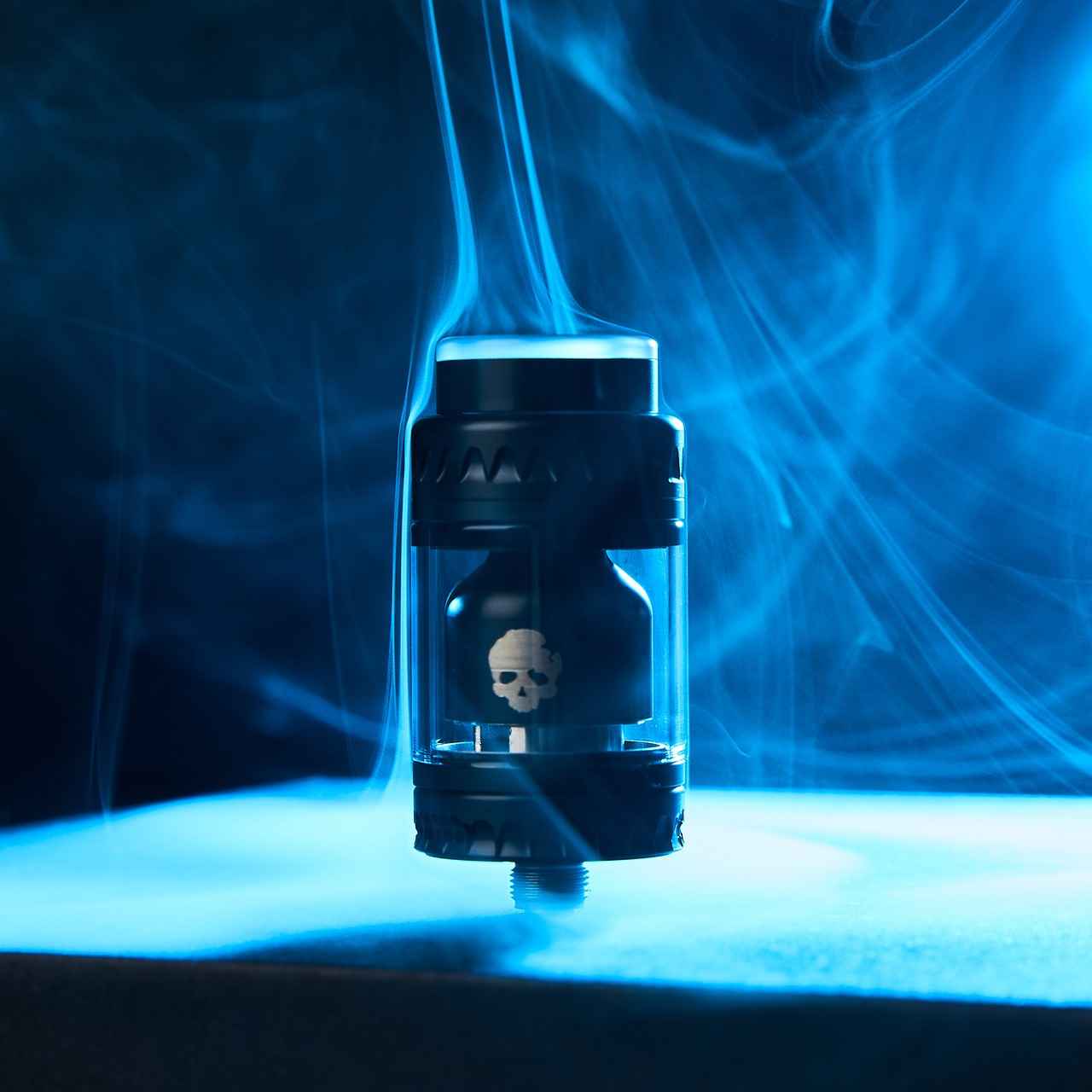
Can You Create Your Own Unique Flavors?
Creating custom vape juice flavors is not just a hobby; it’s an artistic journey that many vapers find rewarding. The process of experimenting with different blends allows vapers to express their creativity and tailor their vaping experience to their personal tastes. In this section, we will dive into the intricacies of flavor development, offering insights into how to successfully create your own unique vape juice flavors.
Understanding Flavor Profiles
Before diving into the mixing process, it’s essential to understand the components that make up a flavor profile. Each flavor can be categorized into primary, secondary, and background notes. For instance, a fruit flavor like strawberry can have a sweet primary note, a tart secondary note, and a creamy background note. Balancing these elements is crucial for achieving a harmonious blend.
Experimenting with Ingredients
When creating your own vape juice, it’s important to choose high-quality ingredients. Common base ingredients include propylene glycol (PG) and vegetable glycerin (VG), which serve as the foundation for your mix. Additionally, you can explore a variety of flavor concentrates, which come in numerous categories such as fruits, desserts, menthols, and beverages. Here’s a quick list of popular flavor categories:
- Fruits: Strawberry, Mango, Blueberry
- Desserts: Vanilla Custard, Chocolate, Caramel
- Menthols: Peppermint, Spearmint, Cool Mint
- Beverages: Coffee, Tea, Soda
The Mixing Process
Once you have selected your ingredients, it’s time to start mixing. A good rule of thumb is to begin with a ratio of 70% VG to 30% PG, which provides a balanced throat hit and vapor production. Start small; mix a few milliliters of each flavor and gradually adjust to taste. Use a scale for precision, especially when measuring flavor concentrates, as too much can overpower the blend.
Testing and Refining Your Creation
After mixing, it’s essential to allow your vape juice to steep. Steeping is the process of letting the flavors meld together, which can take anywhere from a few hours to several days, depending on the ingredients used. Once steeped, conduct a taste test and take notes on what you like or dislike about the flavor. Don’t hesitate to adjust the ratios and try again until you achieve the desired taste.
Safety Considerations
While creating your own vape juice can be fun, safety should always be a priority. Make sure to use food-grade flavorings and avoid mixing flavors that contain diacetyl or other harmful chemicals. Additionally, be aware of the nicotine levels in your mix, ensuring they align with your preferences and safety guidelines.
Conclusion
Creating custom vape juice flavors is an exciting and fulfilling process that allows vapers to explore their creativity. By understanding flavor profiles, experimenting with high-quality ingredients, and adhering to safety practices, anyone can develop unique blends that enhance their vaping experience. So gather your supplies, start mixing, and enjoy the flavorful journey!
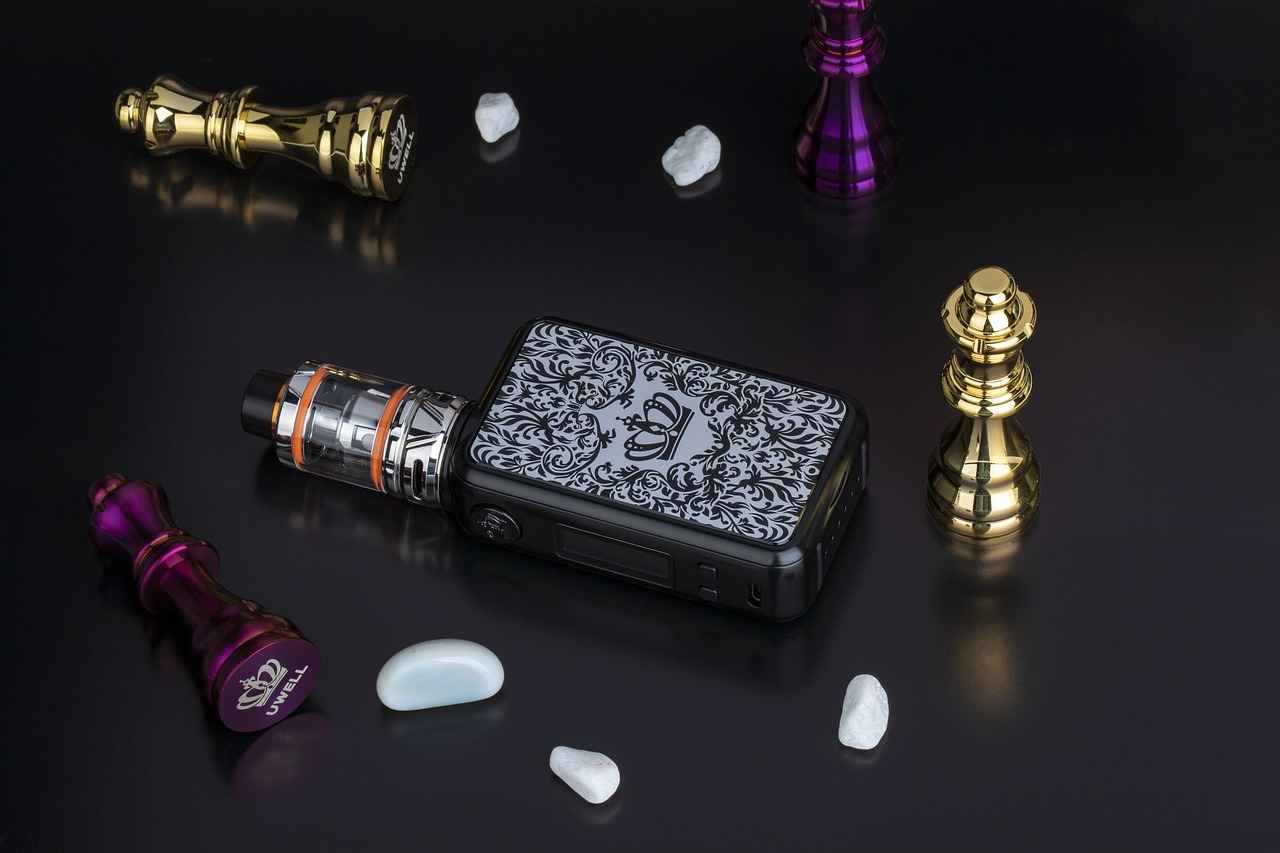
What Ingredients Should You Avoid Mixing?
When it comes to vaping, the excitement of experimenting with different flavors can lead many enthusiasts to wonder about the compatibility of various vape juice ingredients. Not all vape juice ingredients are created equal, and mixing certain components can result in adverse effects on both flavor and safety.
Vape juices typically consist of three primary ingredients: propylene glycol (PG), vegetable glycerin (VG), and various flavorings. Additionally, nicotine is often included in varying concentrations. While these ingredients can create a delightful vaping experience, some combinations can lead to undesirable outcomes.
- High PG with High VG: Mixing high concentrations of PG and VG can create a thick consistency that clogs devices. It’s essential to maintain a balance to ensure smooth vaping.
- Oil-Based Flavorings: Oil-based flavorings should never be mixed with vape juices. They can cause serious health risks, including lung damage, as they do not vaporize properly.
- Different Nicotine Levels: Combining vape juices with varying nicotine strengths can lead to an unpredictable and potentially overwhelming experience. Always aim for consistency in nicotine levels.
- Alcohol-based Flavorings: Alcohol can alter the viscosity of vape juices and may lead to harsh throat hits. It is advisable to avoid mixing alcohol-based flavors with standard vape juices.
- Artificial Sweeteners: Some artificial sweeteners can caramelize when heated, leading to burnt flavors and residue buildup in your device. It’s crucial to choose sweeteners that are safe for vaping.
The repercussions of mixing incompatible ingredients can range from unpleasant flavors to serious health concerns. For instance, mixing oil-based flavorings can lead to lipoid pneumonia, a condition caused by inhaling oils. Similarly, using incompatible nicotine levels can result in excessive nicotine exposure, leading to symptoms such as dizziness, nausea, and increased heart rate.
To ensure a safe and enjoyable vaping experience, consider the following best practices:
- Stick to Compatible Ingredients: Always research and choose ingredients that are known to blend well together.
- Test Small Batches: Before committing to a larger mix, test small quantities to gauge flavor and compatibility.
- Keep Records: Document your mixing ratios and ingredient choices to replicate successful blends in the future.
By adhering to these guidelines, vapers can enjoy the creative process of mixing while minimizing potential risks. Understanding what ingredients to avoid is crucial for both flavor satisfaction and safety.

How Do Different Nicotine Levels Affect Mixing?
When it comes to mixing vape juices, one of the most critical factors to consider is the nicotine level. Nicotine not only affects the strength of the vape but also influences the overall experience and safety of the mixture. Understanding how varying concentrations of nicotine can impact your vaping experience is essential for both novice and experienced vapers.
Why Does Nicotine Concentration Matter?
Nicotine levels in vape juices can vary significantly, typically ranging from 0 mg/ml to 24 mg/ml or even higher. The concentration you choose can dramatically alter not only the throat hit but also the flavor perception. A higher nicotine level can provide a more intense throat hit, which some users enjoy, while others may find it overwhelming.
Balancing Nicotine Levels
When mixing different vape juices, it’s crucial to consider the nicotine levels of each juice. For example, if you mix a high-nicotine juice with a low-nicotine one, the resulting mixture will have an intermediate nicotine level. This can lead to an unexpected experience, particularly for those who are sensitive to nicotine. It is advisable to calculate the final nicotine concentration to ensure it aligns with your preferences and tolerance.
Health and Safety Considerations
From a safety perspective, mixing different nicotine levels can pose risks. Vapers who are not accustomed to high nicotine concentrations may experience symptoms such as dizziness, nausea, or increased heart rate. Therefore, it is essential to start with lower nicotine levels when experimenting with new combinations and gradually adjust as needed.
Flavor Impact of Nicotine
Nicotine can also influence the flavor profile of vape juices. Some users report that higher nicotine levels can mute certain flavors, while lower levels may allow for a more pronounced taste. This is particularly important for those who enjoy complex flavor combinations, as balancing nicotine concentration with flavor intensity is key to achieving a satisfying vape.
Mixing Strategies for Optimal Experience
- Start Low: If you are new to mixing, begin with lower nicotine levels to gauge your tolerance.
- Calculate Ratios: Use a simple formula to determine the final nicotine concentration in your mixture.
- Test Small Batches: Always mix small amounts first to test flavor and nicotine levels before committing to larger quantities.
In conclusion, understanding how different nicotine levels affect the mixing process is vital for achieving a satisfying and safe vaping experience. By being mindful of nicotine concentrations and their impact on flavor and throat hit, vapers can create personalized blends that cater to their preferences while ensuring their health and safety.
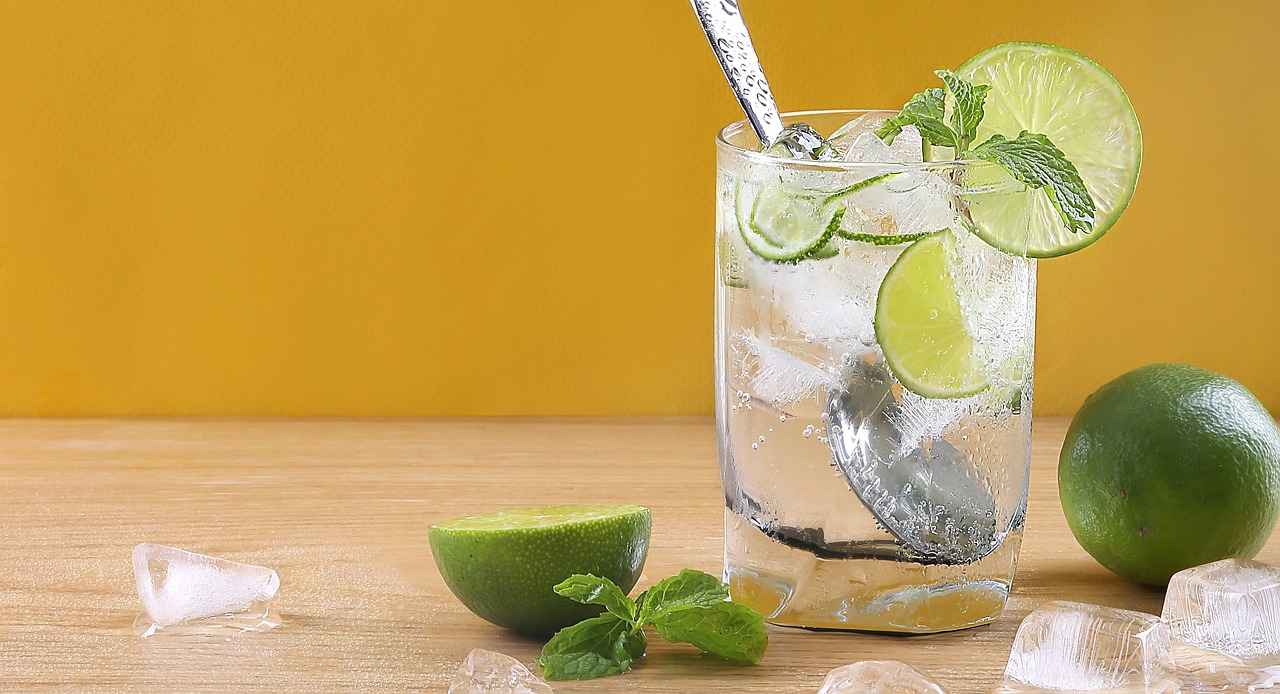
What Are Popular Combinations for Mixing Vape Juices?
When it comes to enhancing the vaping experience, flavor combinations play a crucial role. Many vapers enjoy experimenting with different mixtures to discover new and exciting flavors. This section will explore some of the most popular combinations for mixing vape juices, highlighting why these blends are favored and how they can elevate your vaping sessions.
Mixing vape juices can lead to a delightful array of flavors. Here are some of the top combinations that vapers love:
- Mint and Menthol: A classic combination that delivers a refreshing blast. The coolness of mint enhances the menthol, providing a crisp and invigorating vaping experience.
- Fruit Medley: Combining various fruits like strawberry, banana, and kiwi can create a tropical explosion in your mouth. The sweetness of the fruits balances well, making it a favorite among those who enjoy fruity flavors.
- Dessert Flavors: Mixing vanilla custard with caramel or chocolate can result in a rich, decadent flavor profile. These combinations are perfect for those who enjoy sweet, dessert-like experiences.
- Cereal and Milk: This nostalgic blend mimics the taste of your favorite breakfast cereal. Mixing a cereal flavor with a creamy milk base creates a comforting and satisfying vape.
- Coffee and Cream: For coffee lovers, blending coffee flavor with a creamy base can provide a rich and robust experience. This combination is perfect for a morning vape or an afternoon pick-me-up.
Each of these combinations offers a unique experience, appealing to different taste preferences. However, it is essential to consider the balance of flavors when mixing. Too much of one flavor can overpower the others, leading to a less enjoyable experience. Here are some tips to ensure your mixes are successful:
- Start Small: When trying out new combinations, begin with small ratios to find the right balance before making larger batches.
- Experiment: Don’t hesitate to try unconventional mixes. Sometimes, unexpected combinations can lead to delightful surprises.
- Document Your Recipes: Keeping track of your mixtures can help you replicate successful blends in the future.
In addition to these combinations, many vapers enjoy customizing their flavors based on seasonal preferences or personal tastes. For instance, spicy flavors like cinnamon can be added to fruit blends during the fall for a cozy twist, while lighter, refreshing flavors are favored in the summer.
Ultimately, the world of mixing vape juices is vast and full of potential. By exploring popular combinations and following best practices, vapers can create unique flavors that enhance their overall experience. Happy mixing!
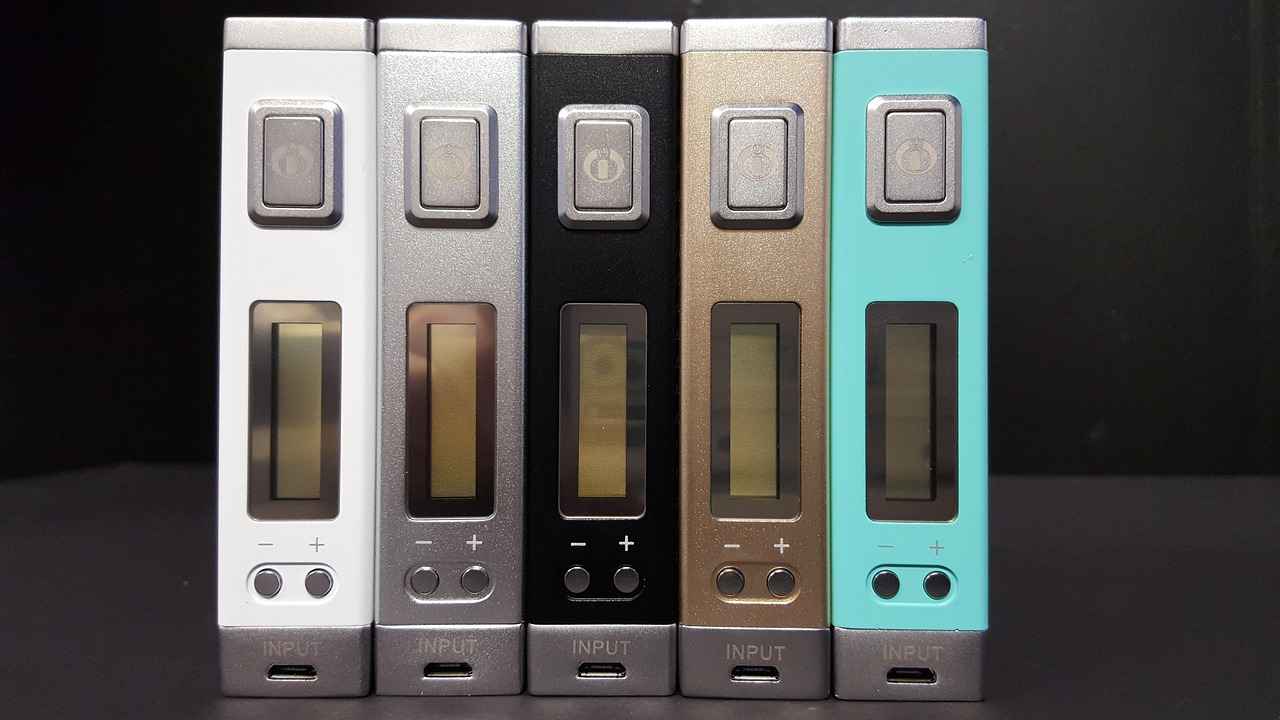
How to Properly Store Mixed Vape Juices?
When it comes to vaping, proper storage of mixed vape juices is crucial for preserving their quality and ensuring a satisfying experience. Many vapers take pride in their unique blends, and understanding how to store these creations can significantly impact their freshness and flavor longevity. Below, we outline the best practices for storing your mixed vape juices effectively.
- Keep Away from Sunlight: Exposure to direct sunlight can degrade the ingredients in your vape juice. Always store your bottles in a dark place to prevent light-induced oxidation.
- Temperature Control: Ideal storage temperatures range from 60°F to 75°F (15°C to 24°C). Avoid extreme heat or cold, as these conditions can alter the flavor profile and viscosity of the juice.
- Airtight Containers: Use opaque, airtight containers to minimize air exposure. This helps prevent oxidation and maintains the integrity of the flavors.
- Label Your Creations: Always label your bottles with the mixing date and flavor profile. This practice not only keeps you organized but also helps track the freshness of your juices.
- Store Upright: Keeping your vape juice bottles upright helps prevent leakage and reduces the risk of contamination. This is especially important for bottles with dropper tops.
In addition to these tips, it’s essential to regularly check for changes in color, smell, or taste. If you notice any significant alterations, it may be time to discard the juice. Quality ingredients will typically last longer, but even the best mixtures can spoil if not stored correctly.
Another important aspect to consider is the shelf life of the individual ingredients used in your mixed vape juices. For example, nicotine can degrade over time, affecting both potency and flavor. Generally, mixed vape juices can last anywhere from 6 months to 2 years depending on the ingredients and storage conditions.
For vapers who enjoy experimenting with different blends, maintaining a proper storage routine is key to ensuring that each flavor can be enjoyed to its fullest potential. By following these best practices, you can help ensure that your creations remain fresh and flavorful, allowing you to savor every puff.
In summary, proper storage is not just about keeping your vape juices safe; it’s about enhancing your overall vaping experience. By implementing these strategies, you can ensure that every blend you create is as enjoyable as the day it was mixed.
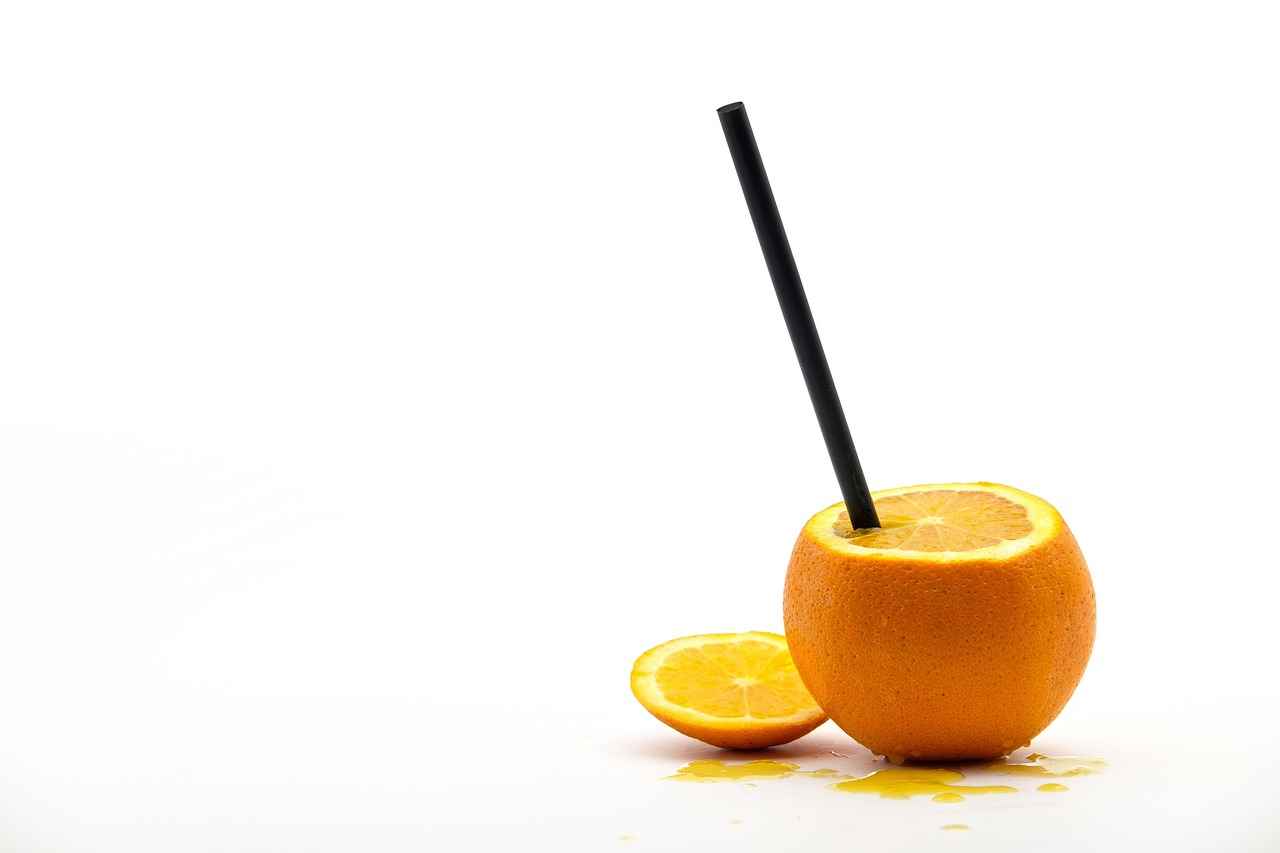
What Do Experts Say About Mixing Vape Juices?
When it comes to the world of vaping, expert insights play a crucial role in shaping the practices and preferences of enthusiasts. In this section, we delve into what industry professionals have to say about the intricate art of mixing vape juices. Their perspectives not only shed light on the flavor profiles that can be achieved but also emphasize the importance of safety and best practices.
According to many vape industry experts, the trend of mixing vape juices has gained traction among vapers seeking unique flavor experiences. Mixing allows users to customize their vaping experience, creating personalized blends that cater to individual tastes. Professionals note that the ability to combine different flavors can lead to exciting new profiles, enhancing the overall enjoyment.
While the creative aspect of mixing vape juices is appealing, safety remains a top concern. Experts highlight the potential risks involved, particularly when combining juices with varying nicotine levels. Mixing high-nicotine juices with lower ones can lead to unexpected results, including an overpowering throat hit. Additionally, professionals recommend avoiding certain combinations that may produce harmful chemical reactions.
Industry professionals emphasize the significance of understanding flavor interactions. Mixing complementary flavors can elevate the vaping experience, but it requires a careful balance. Experts suggest starting with small ratios and gradually adjusting until the desired flavor is achieved. This method not only helps in crafting the perfect blend but also minimizes the risk of overwhelming the palate.
- Start Simple: Begin with two flavors that you enjoy separately before experimenting with more complex combinations.
- Document Your Blends: Keeping a record of your mixes can help you replicate successful flavors.
- Use Quality Ingredients: Always choose high-quality vape juices to ensure safety and flavor integrity.
Experts strongly advise against mixing certain ingredients that could pose health risks or negatively impact flavor. For instance, avoid combining juices with high sugar content as they can lead to gunk buildup in devices. Additionally, mixing flavors that contain specific additives may create undesirable or even harmful reactions.
The nicotine content in vape juices can significantly influence the mixing process. Experts recommend paying close attention to the overall nicotine strength of the final product. Mixing high-nicotine juices with low-nicotine ones can lead to a blend that is either too strong or too weak for the user’s preference.
According to industry professionals, certain flavor combinations have emerged as favorites among vapers. Popular pairings include:
- Mint and Chocolate: A refreshing yet sweet blend that many enjoy.
- Fruit Medleys: Combining various fruits can create a vibrant and refreshing mix.
- Creamy Dessert Flavors: Mixing custard or vanilla with fruit can yield delicious results.
In summary, expert opinions on mixing vape juices highlight the importance of creativity while maintaining a focus on safety and flavor balance. By following expert recommendations and best practices, vapers can enhance their experience and enjoy the art of mixing.
Frequently Asked Questions
- Can I mix different vape juices without any issues?
Yes, you can mix different vape juices! However, be cautious about the ingredients and nicotine levels. Some combinations can lead to unexpected flavors or even safety concerns, so it’s important to do your research before diving in.
- What should I avoid when mixing vape juices?
Avoid mixing juices with drastically different nicotine levels or incompatible flavor profiles. Ingredients like certain sweeteners or additives may clash and create an unpleasant taste. Stick to flavors that complement each other for the best experience.
- How can I create my own unique vape flavors?
Creating your own flavors is all about experimentation! Start by mixing small amounts of juices you enjoy and adjust the ratios until you find the perfect blend. Keep notes on what works and what doesn’t, so you can replicate your favorites!
- What are the best practices for mixing vape juices?
To mix vape juices effectively, use clean equipment, measure your ratios carefully, and always test in small batches. It’s also helpful to let your mixture steep for a few days to allow the flavors to meld together.
- How should I store my mixed vape juices?
Store your mixed vape juices in a cool, dark place in airtight containers. This helps maintain their freshness and flavor. Avoid exposure to sunlight and heat, as these can degrade the quality of your juice over time.

